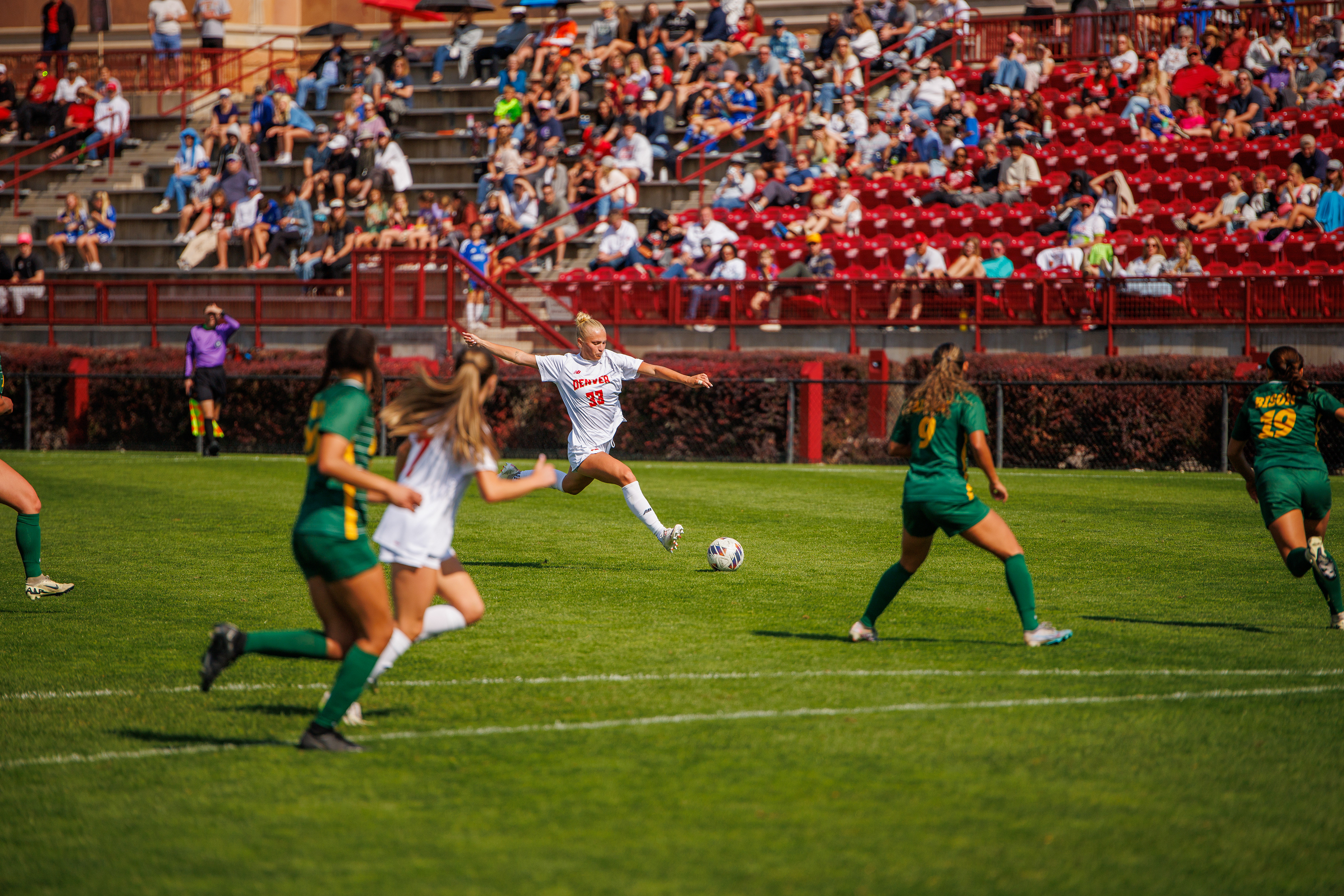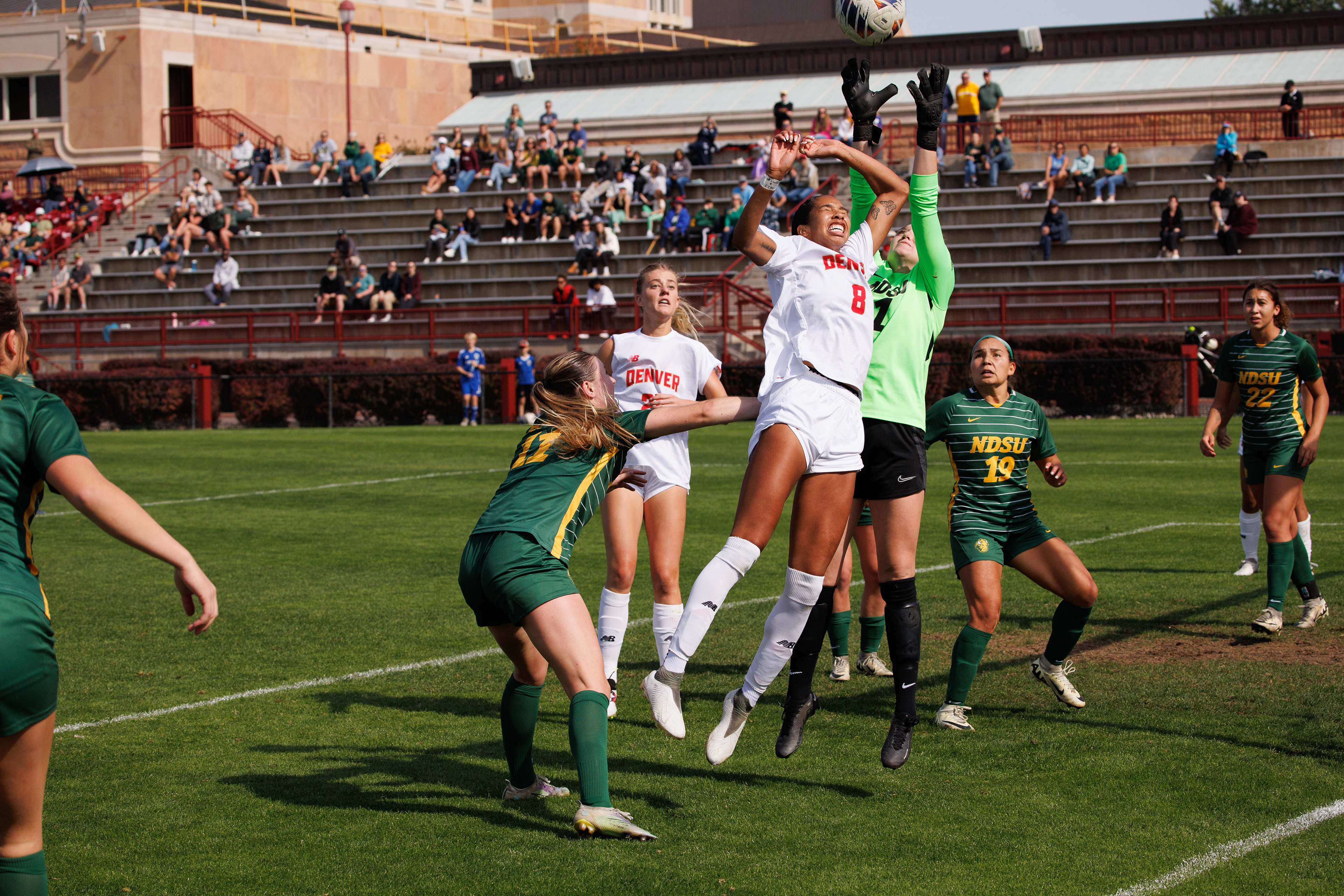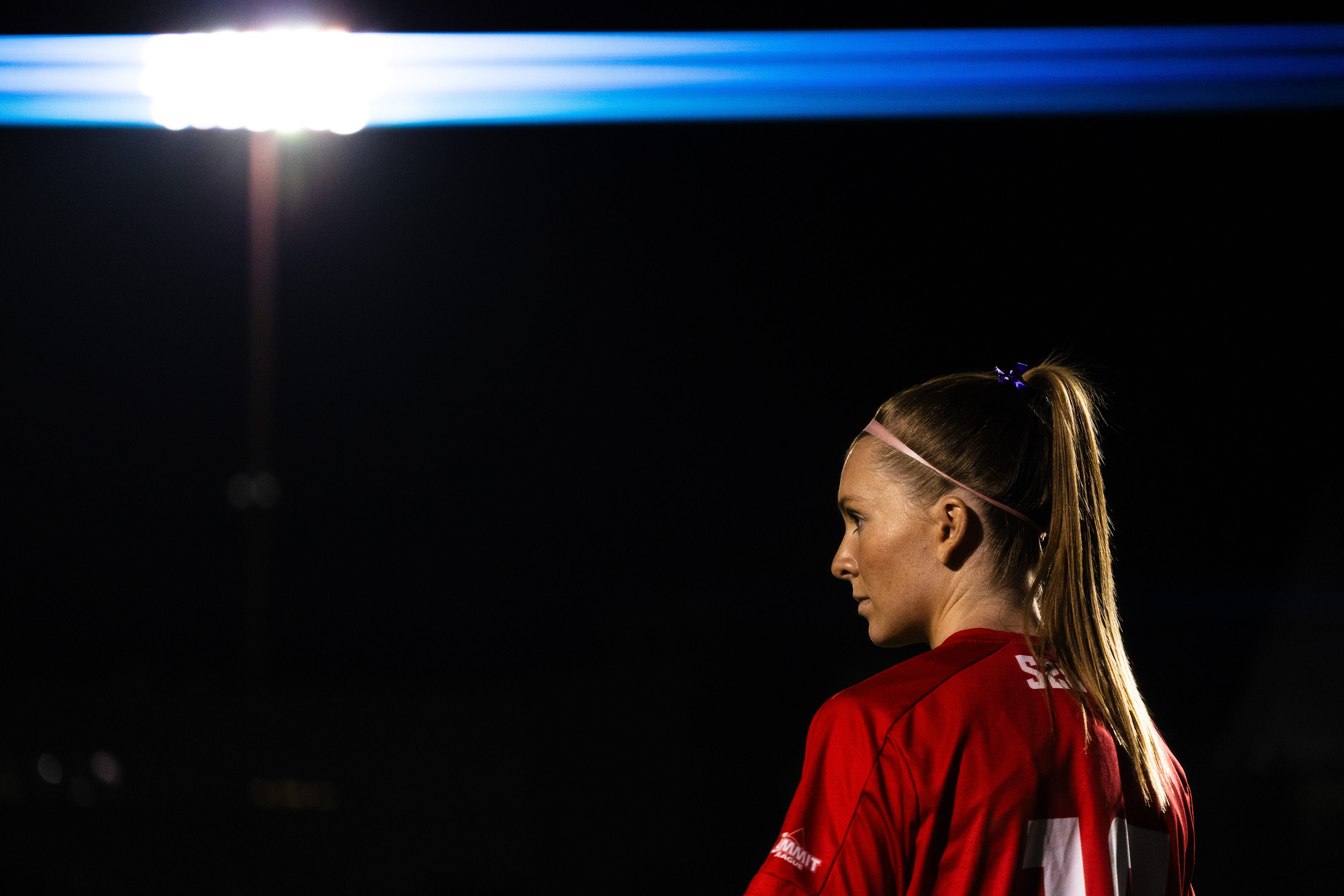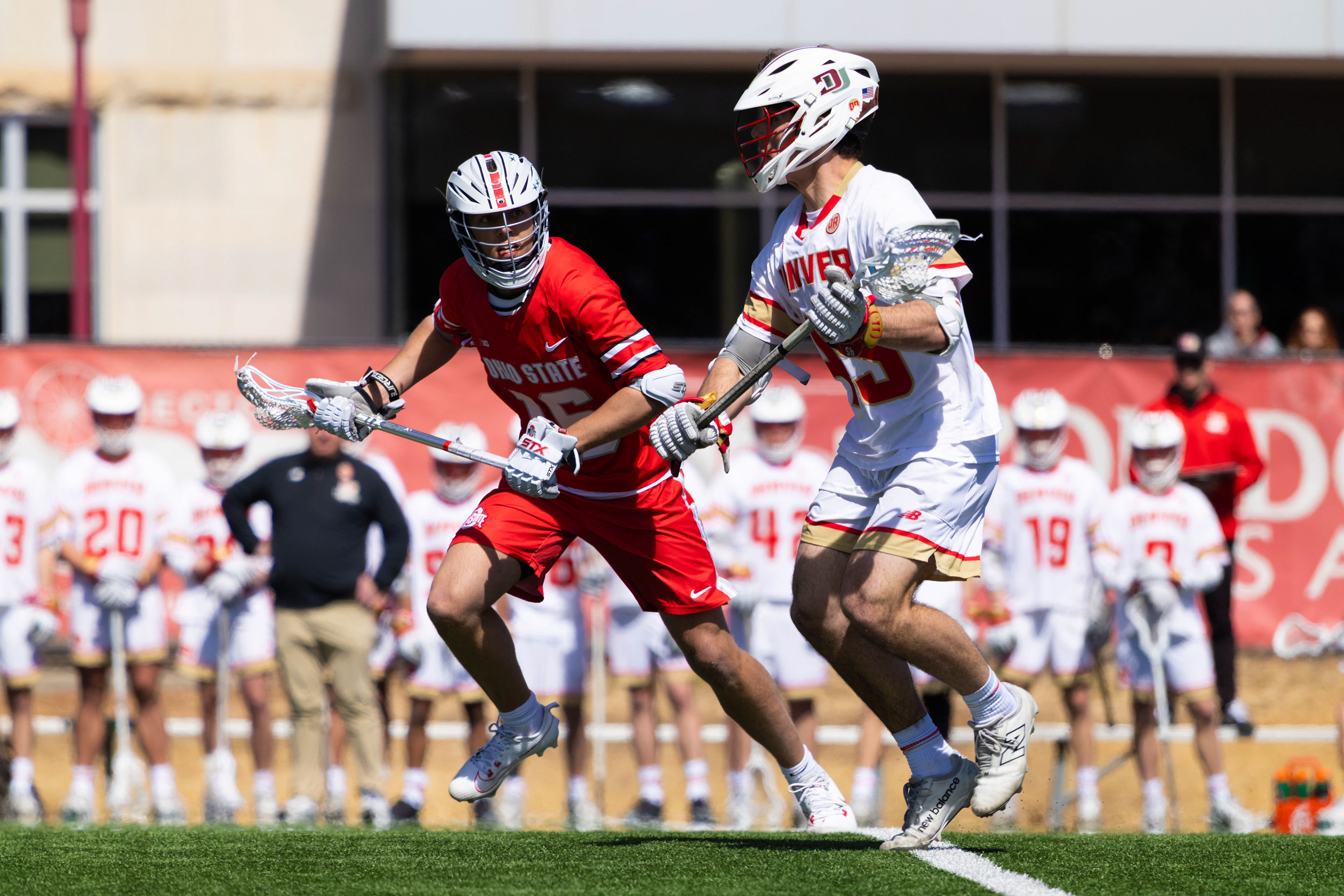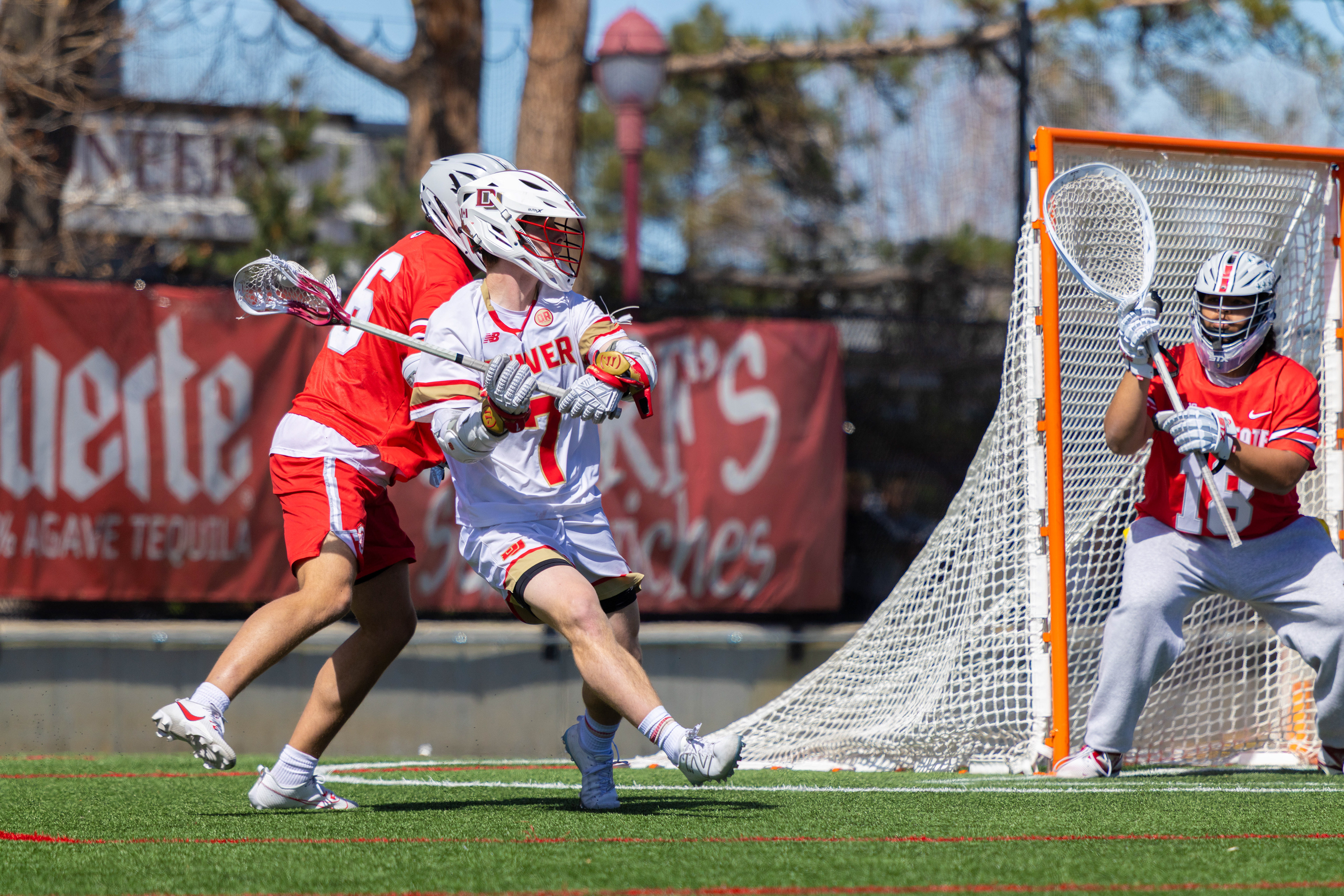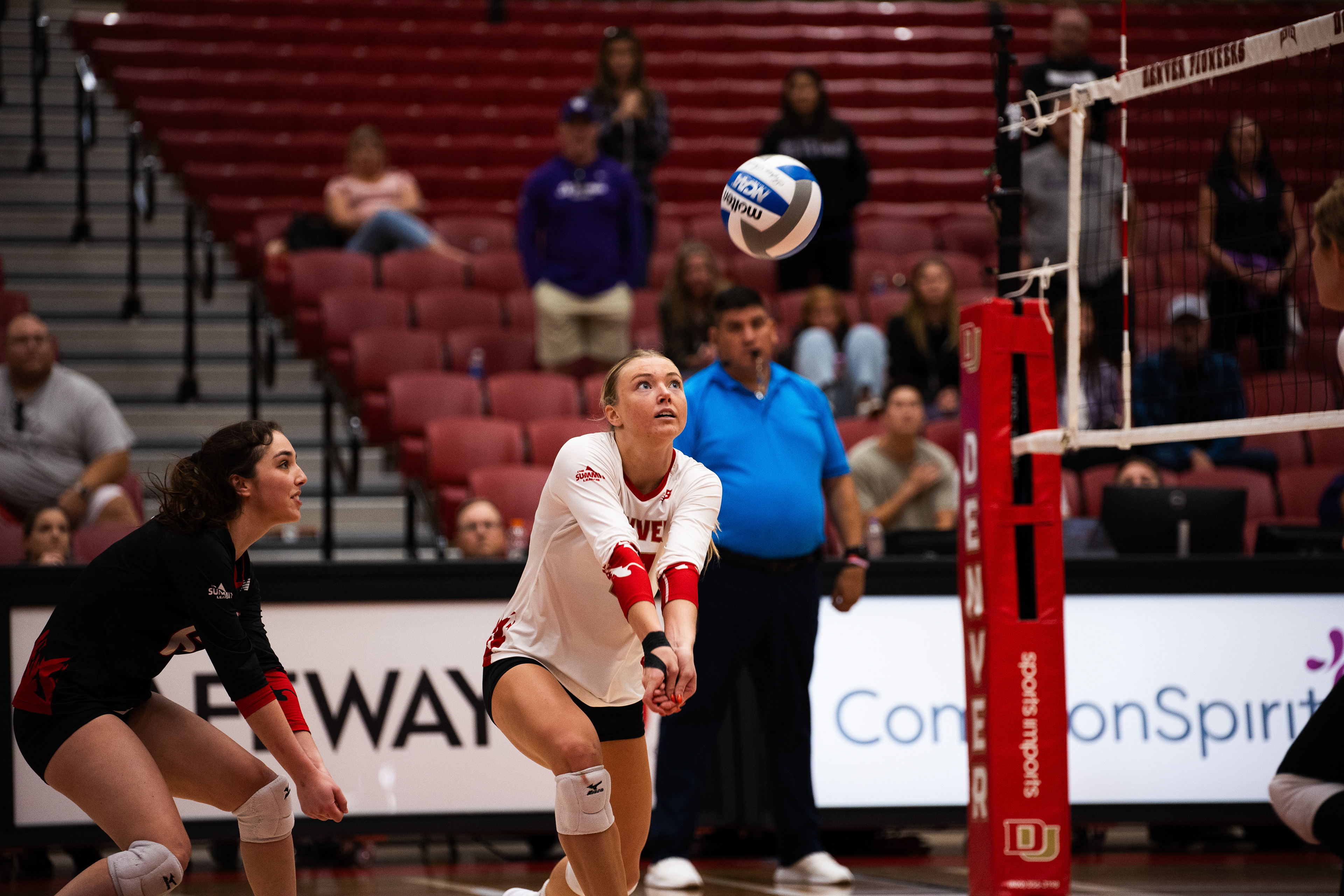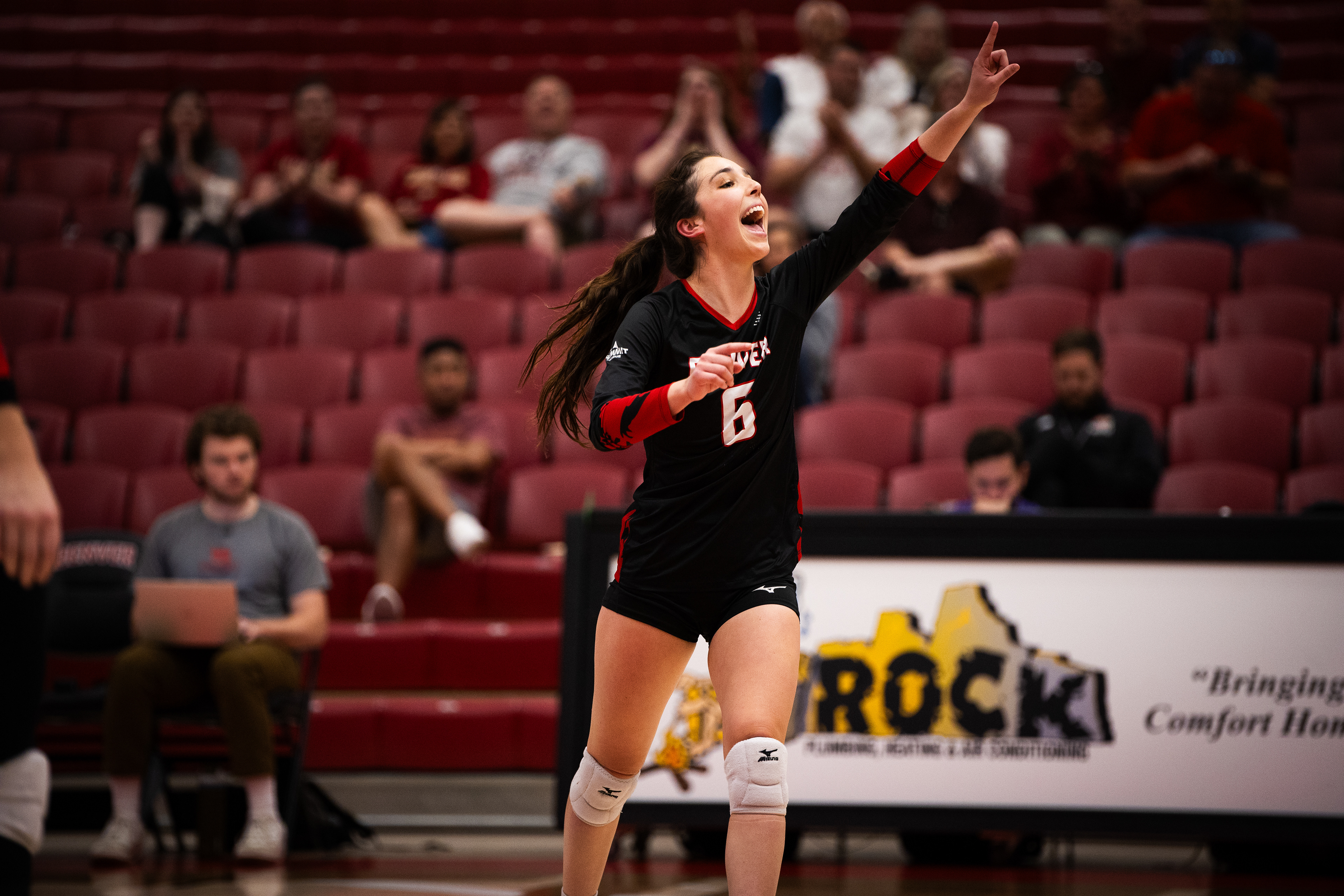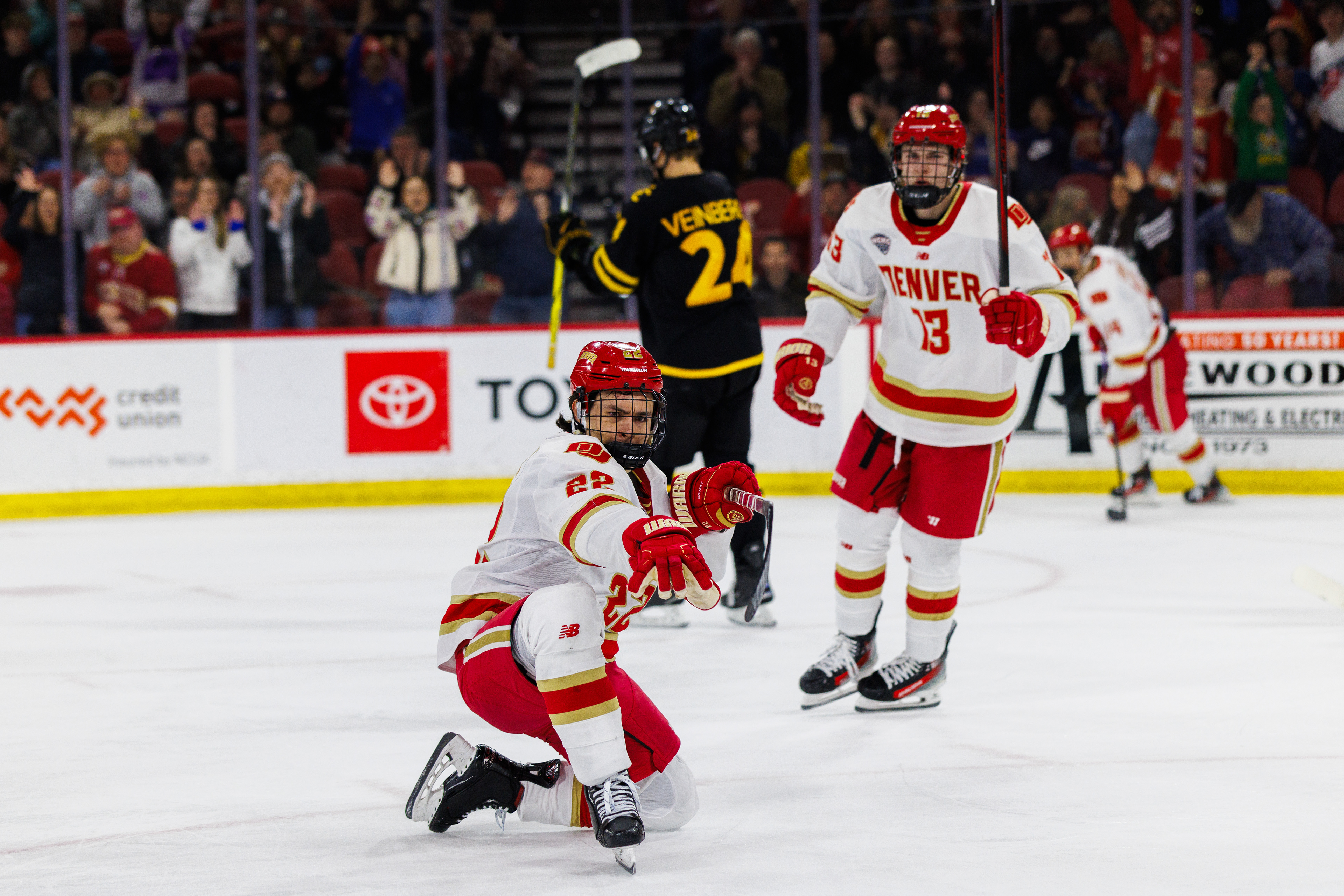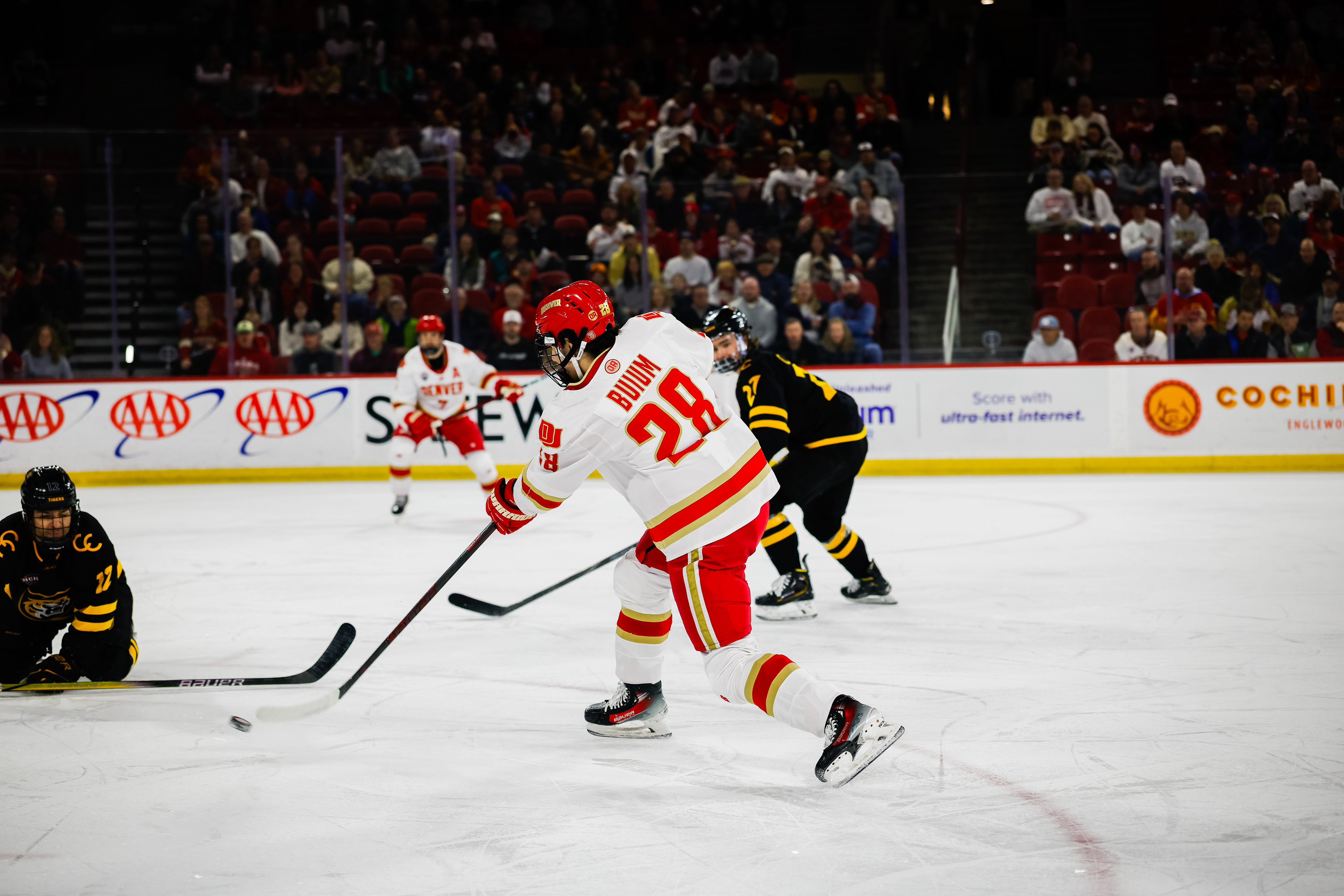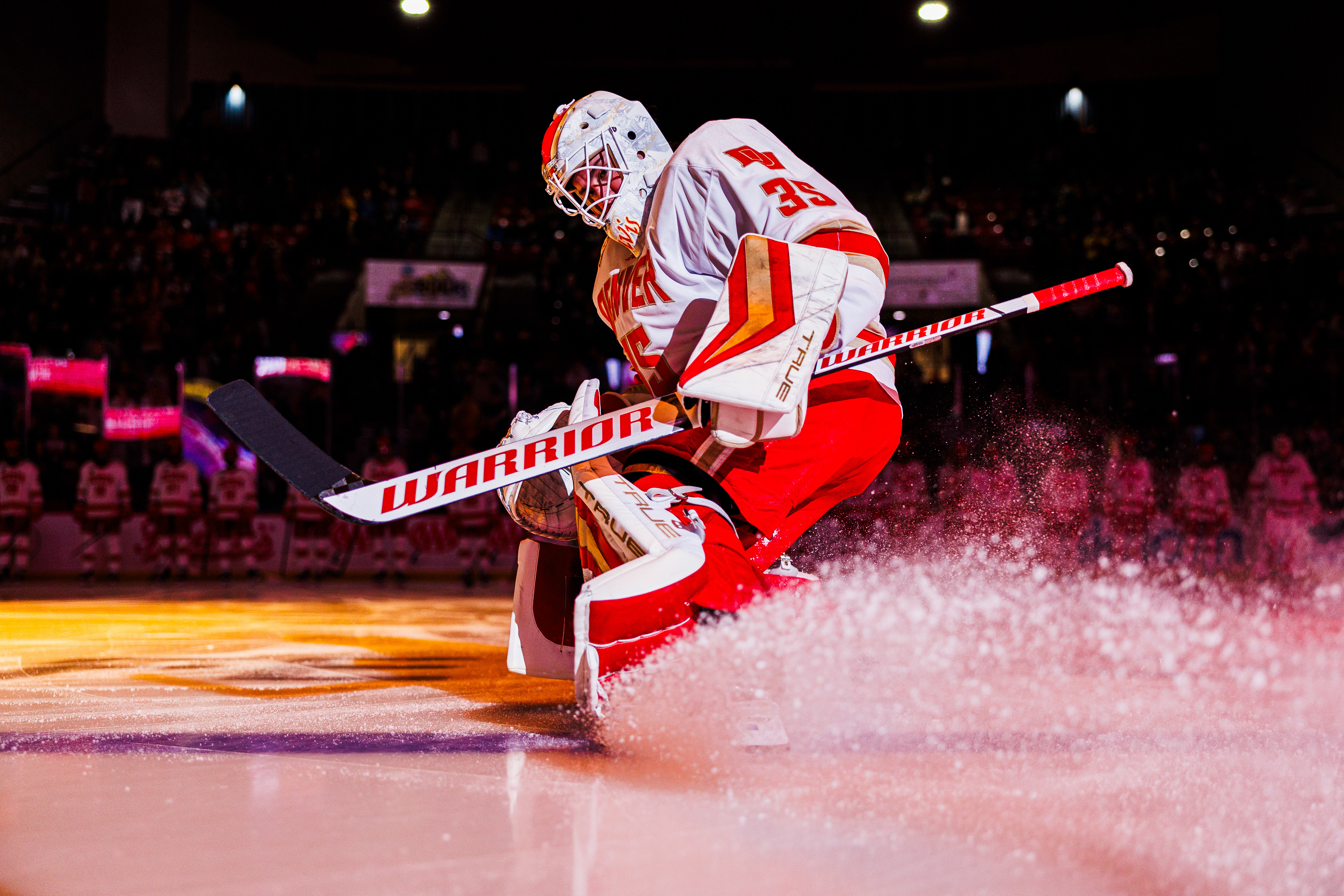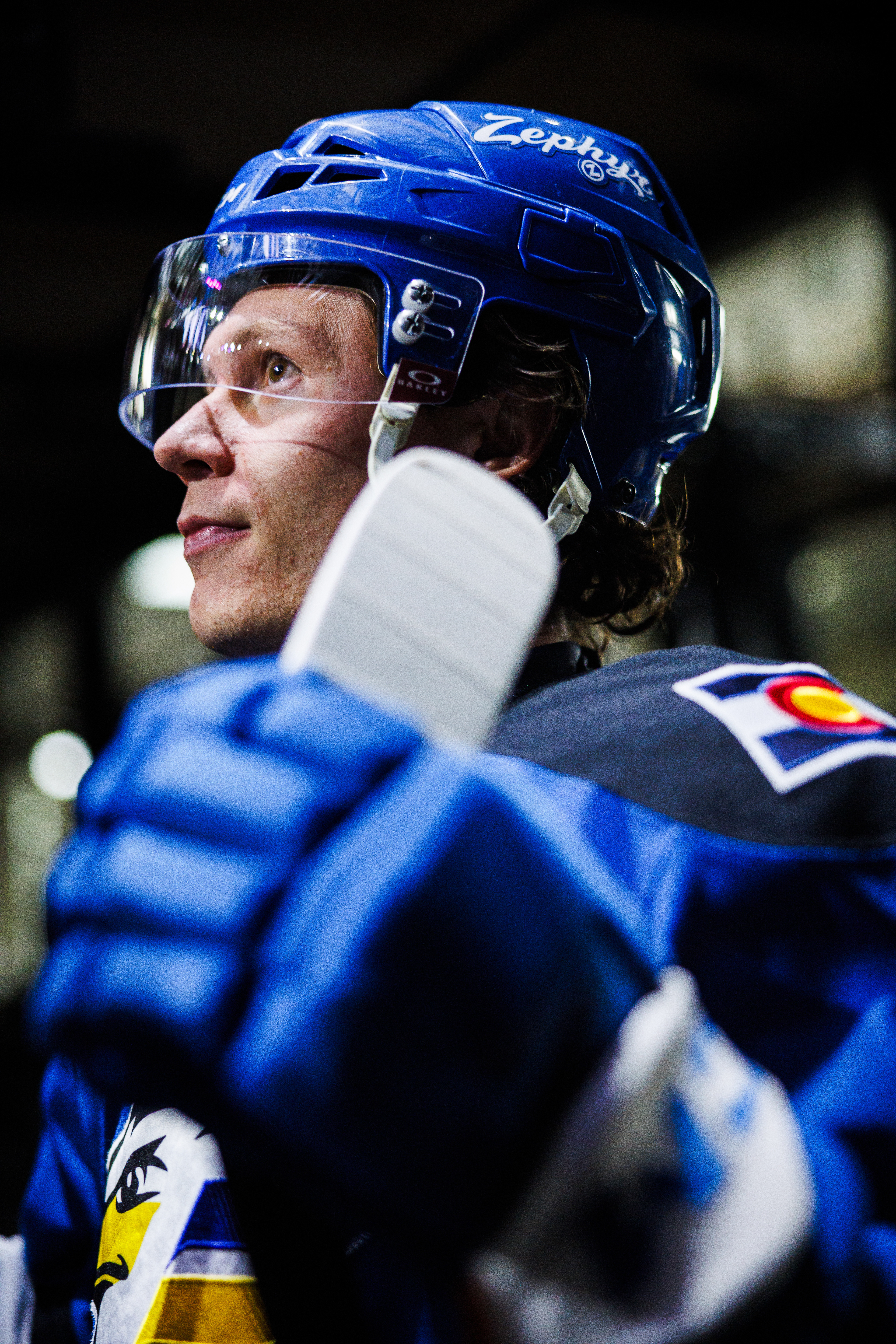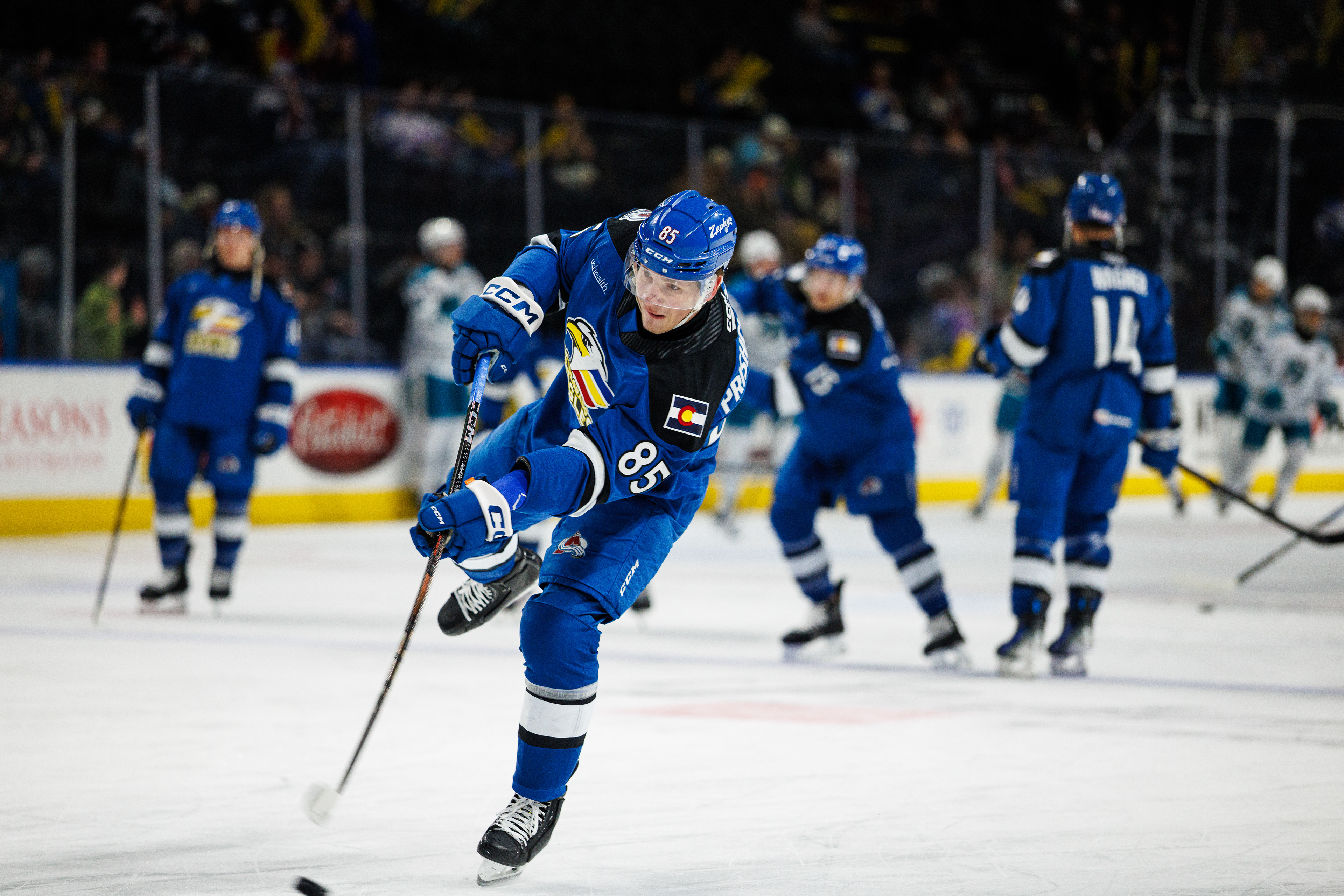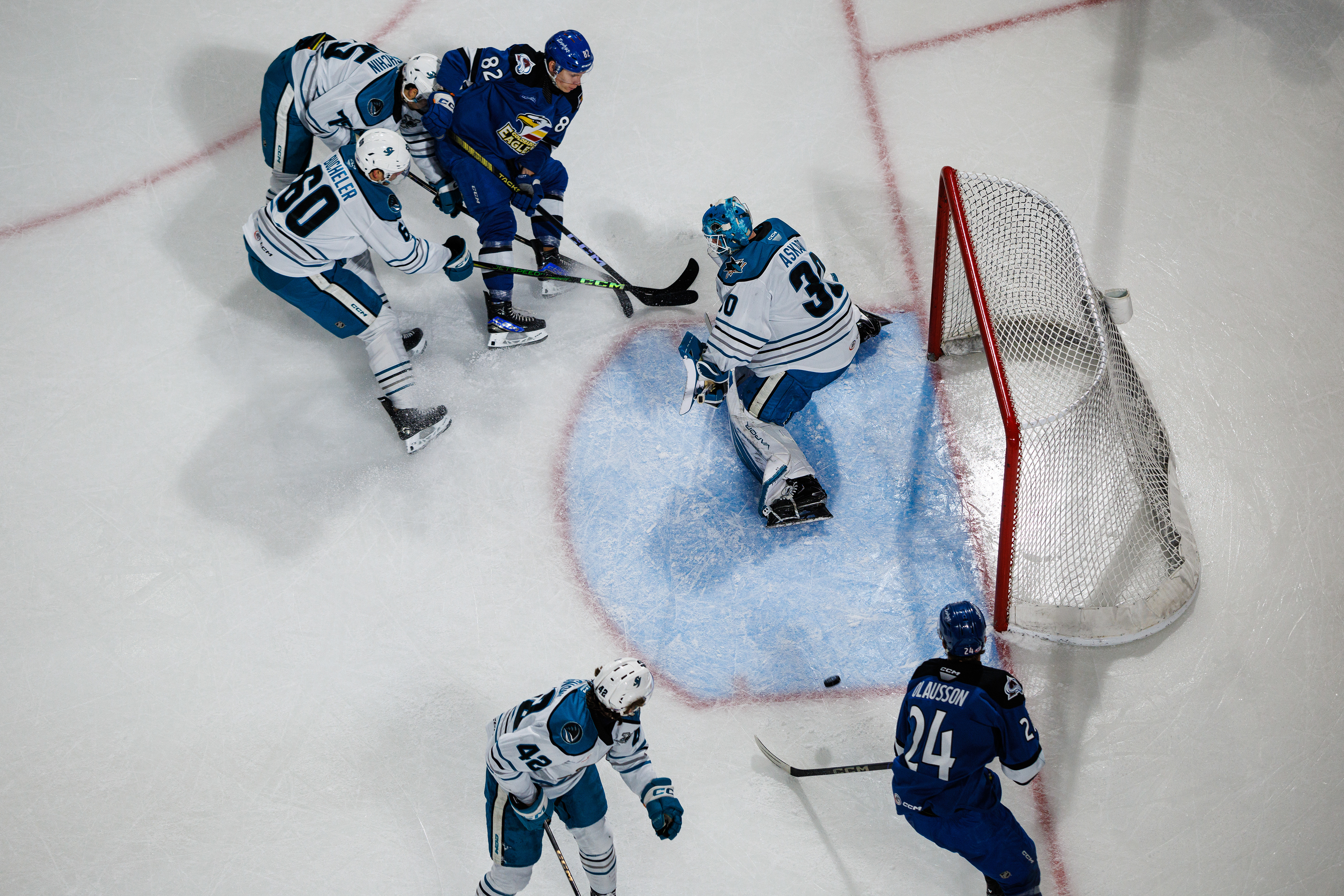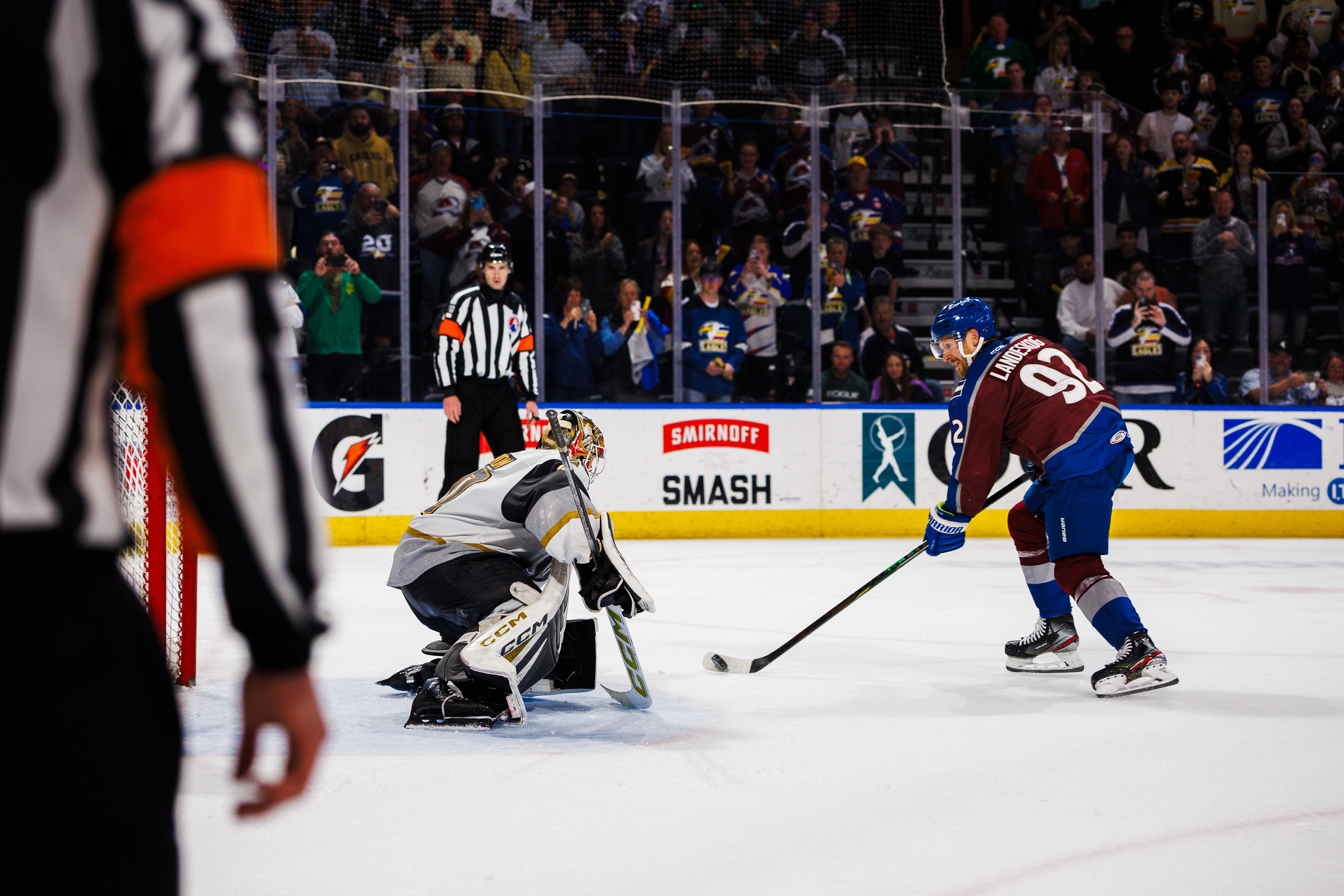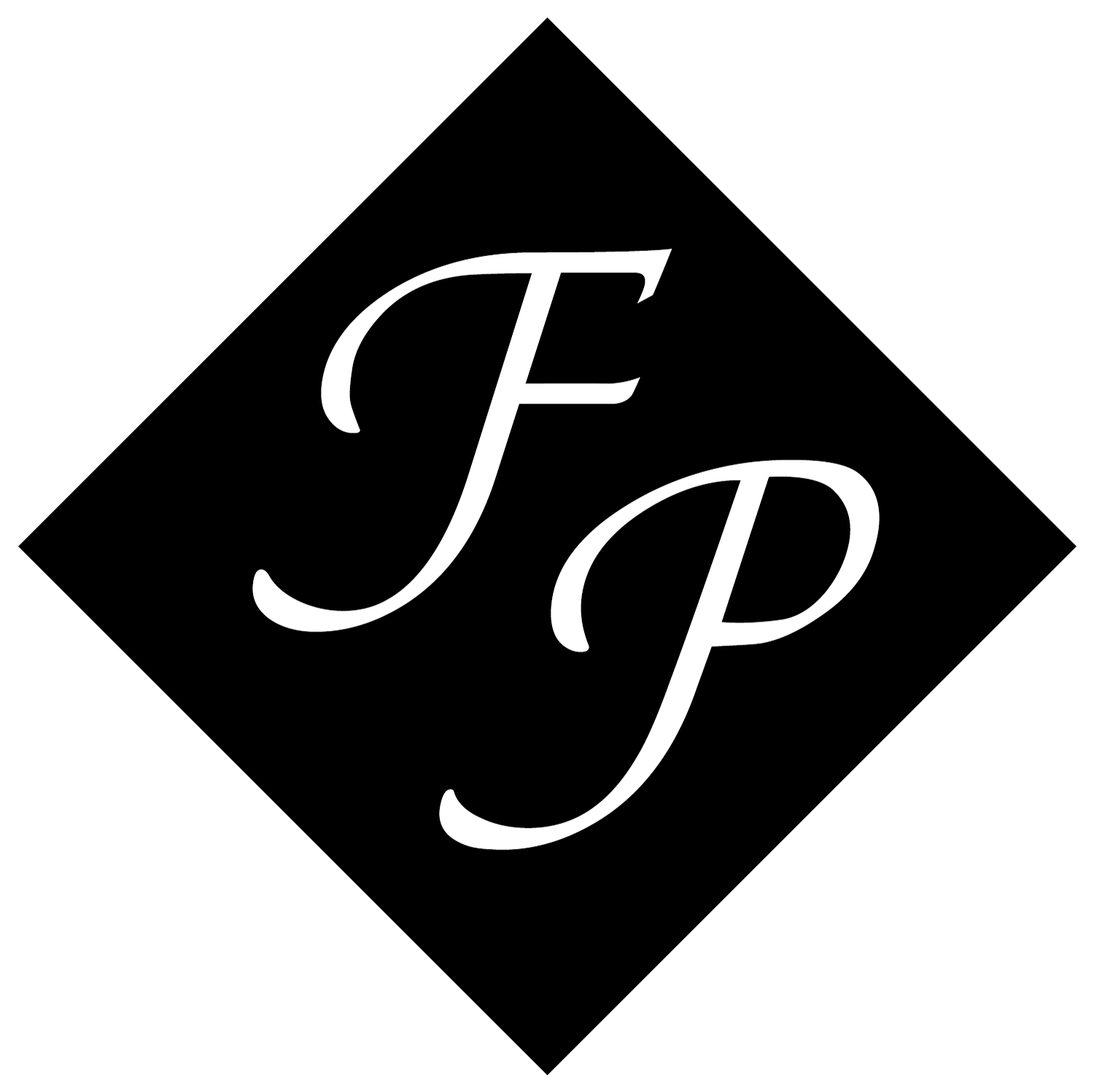Welcome to my photography portfolio!
This website is dedicated to a collection of my best photos from over the years I want to first start by showing the journey from where I started and what it took to get here. Professional-grade photos don't happen overnight and the dedication required to advance in the field of photography. Nowadays you only see the photos after being cultivated from hundreds, if not thousands, of photos, never seeing what it took a photographer to sculpt their craft into what it is today.
After many years and over 200,000 photos, here's my story. I will give all of the details about the gear used, the stuff I learned, and the experiences I had along this journey. I have never taken a photography class and think anyone with access to the internet can learn how to be a great photographer. This is one of the few fields where you don't need a teacher to succeed. Trial by failure and repetition is the best way to learn as you begin your photography journey. Find a local photographer and see if you can shadow them for a day. YouTube is another fantastic free resource that I recommend to anyone. Find a YouTuber you like and copy their style to learn.
I have found that I love collecting and trying out both professional and wacky cameras and lenses meaning I switch up what im using somewhat frequently. I also have a fairly big collection of older cameras with cameras rotating in and out depending on what I want to use. It's a lofty goal of mine to one day have a fairly complete collection of all camera digital cameras from the 21st century. For most people I don't recommend this path, I think one camera and a few good lenses is all that's really needed.
Finally, the only money I would recommend spending when first starting out would be to get Lightroom or Lightroom Classic and a better lens. I have used all different types of cameras and learned that the camera isn't what makes a photo great. Invest in a slightly better-than-kit lens. My first "good" lens was maybe $200 and you can find it for cheaper used. Having the most expensive gear is not the be all end all. There will be a point in time when upgrading is the next step, but it is not the only way to take great photos. Most cameras I bought were last-gen used models. It wasn't until I started professional work that I upgraded to the best gear and finally bought new for the first time.
2019: The Start
Starting in July of 2019 I found one of my dad's old cameras (Canon EOS Rebel XS) and a couple of kit lenses. I had zero clue how to edit photos, much less use a camera. Rule of third? Never heard of it. But I took that camera everywhere with me. Looking back it did alright for a 10MP (Megapixel) camera. And for not knowing what I was doing it was the perfect start.
Let's be honest these first nine photos are bad. Really, really, bad. Composition-wise, I think they are fine, but my editing was horrendous. I oversaturated absolutely everything, bumped the contrast to +100, and added really poorly done brush blurring. But I was experimenting with everything, I wanted to learn how each of the Lightroom tools worked and taught myself by moving the sliders to 100 for absolutely everything. At the time I thought these were some of the best photos ever, and they were for me, but I didn't become overconfident in my work. I kept my head down and read pages on pages of internet help sites. I taught myself about the rule of thirds, the lighting triangle, and other guides for beginner photographers.
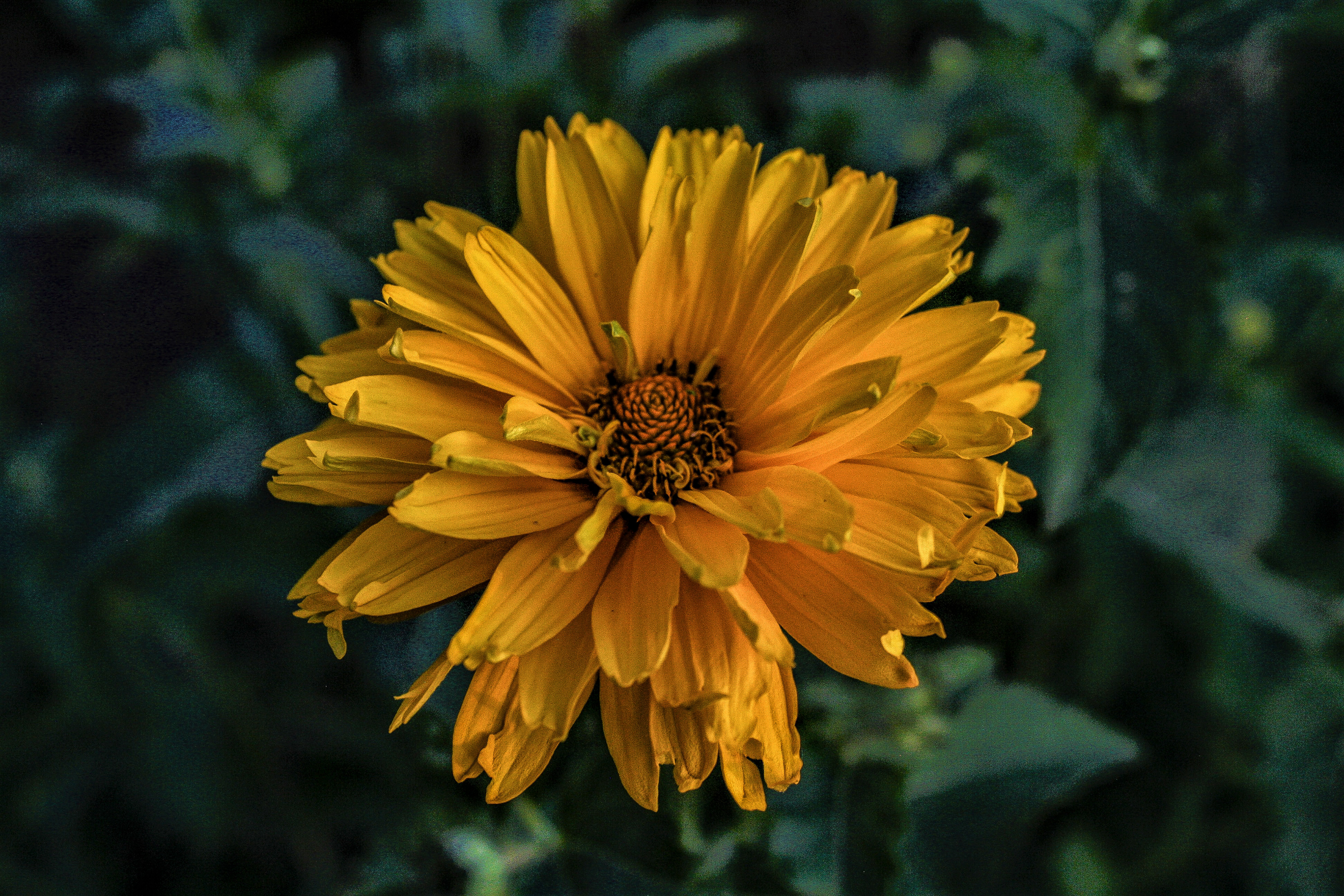

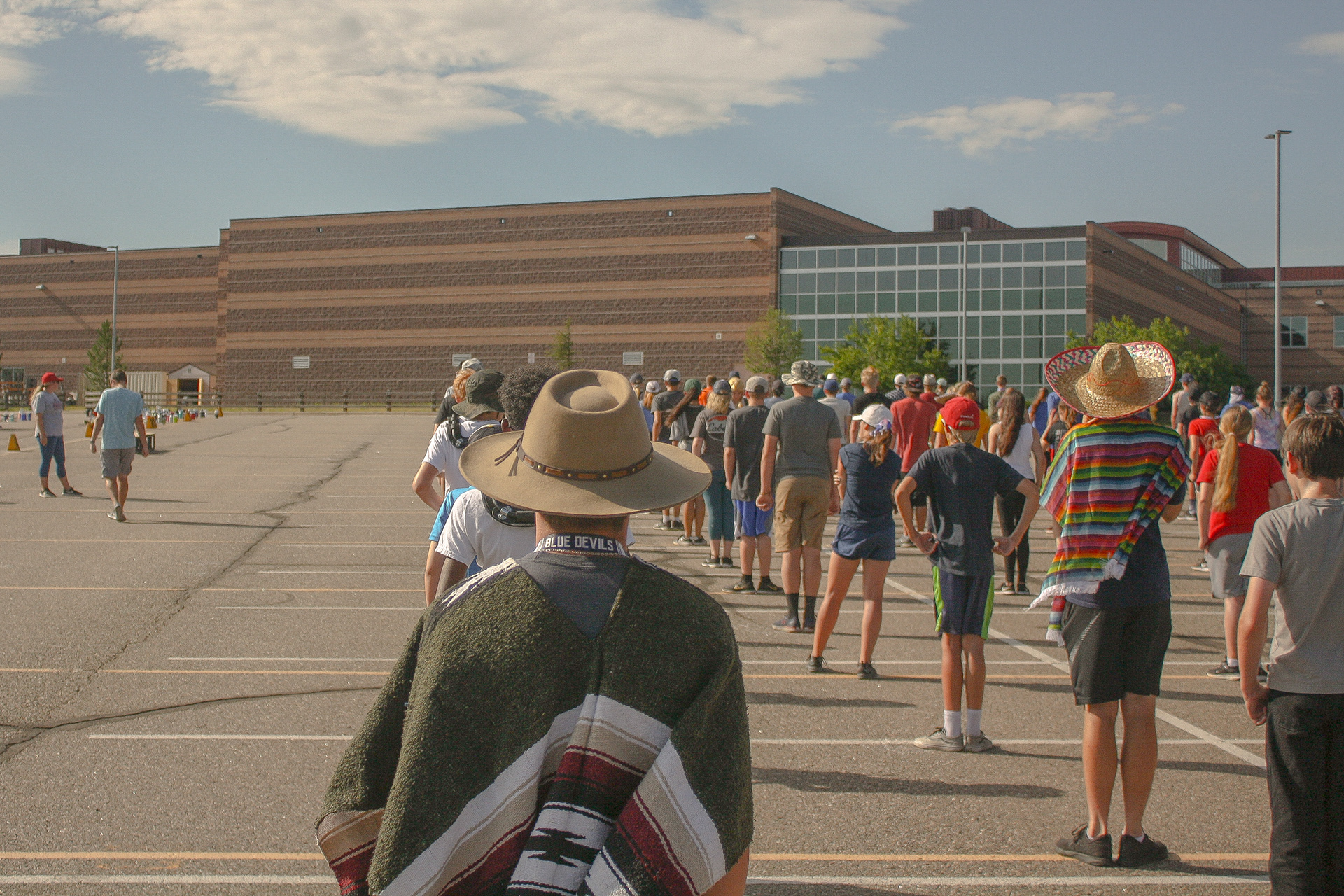
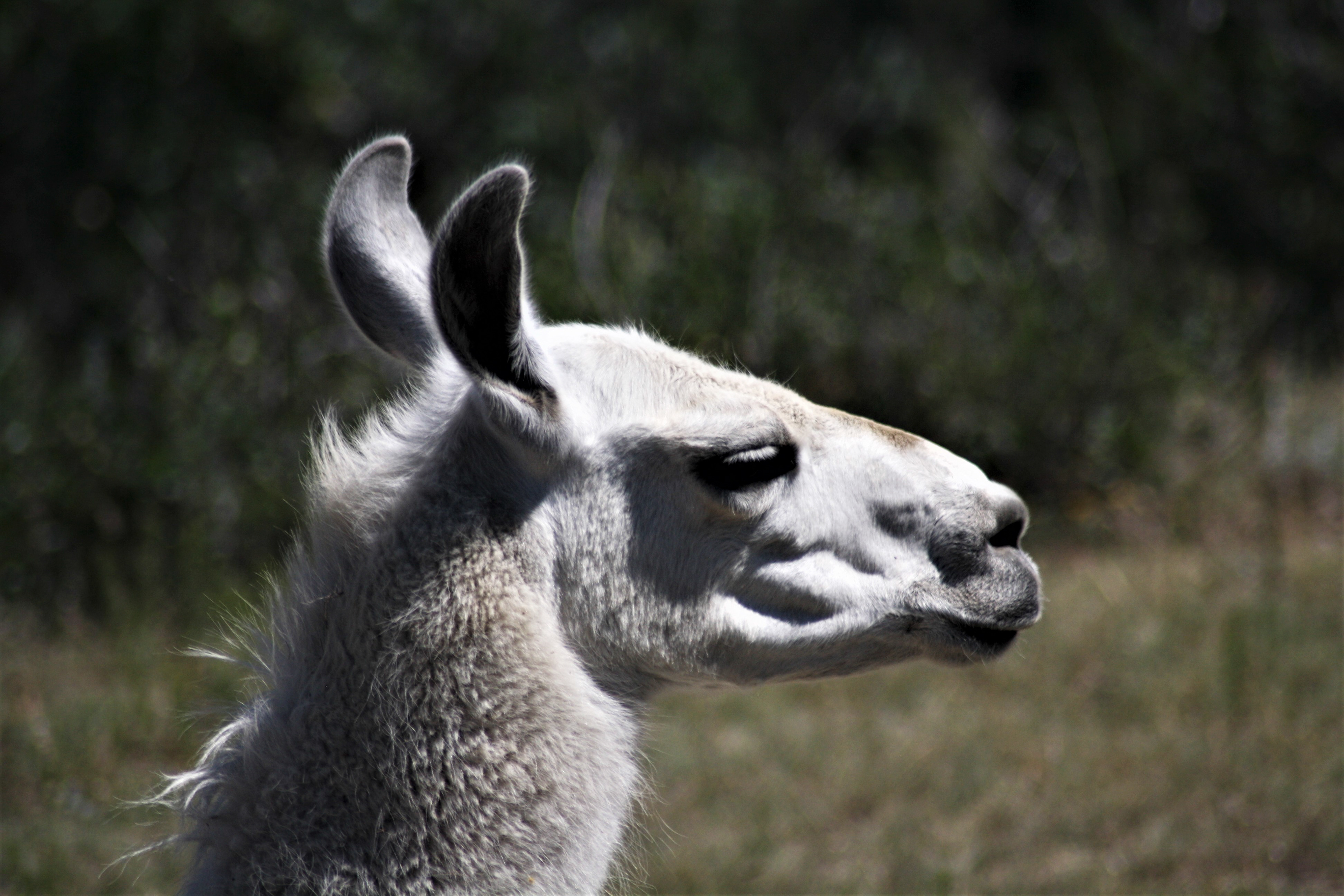

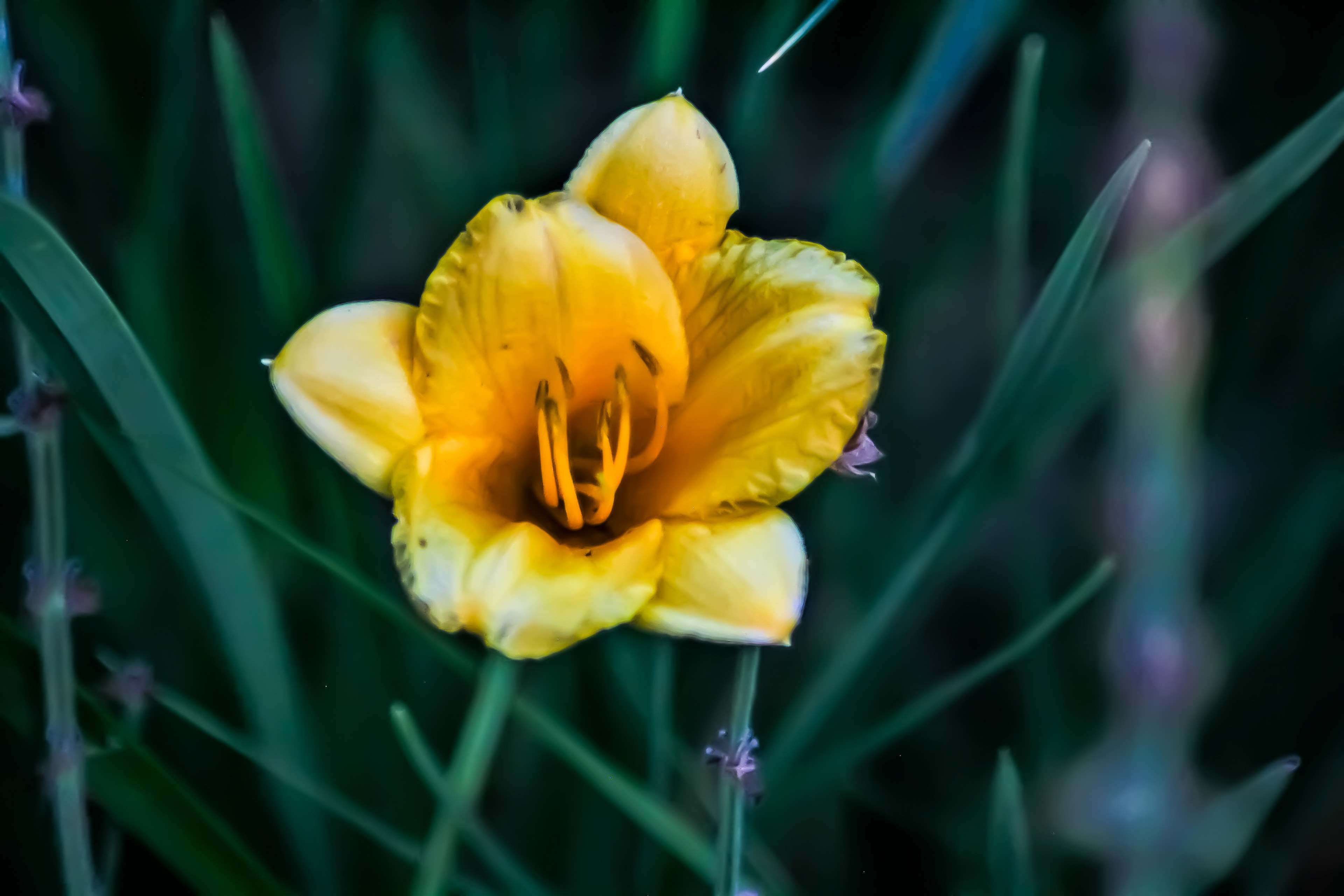
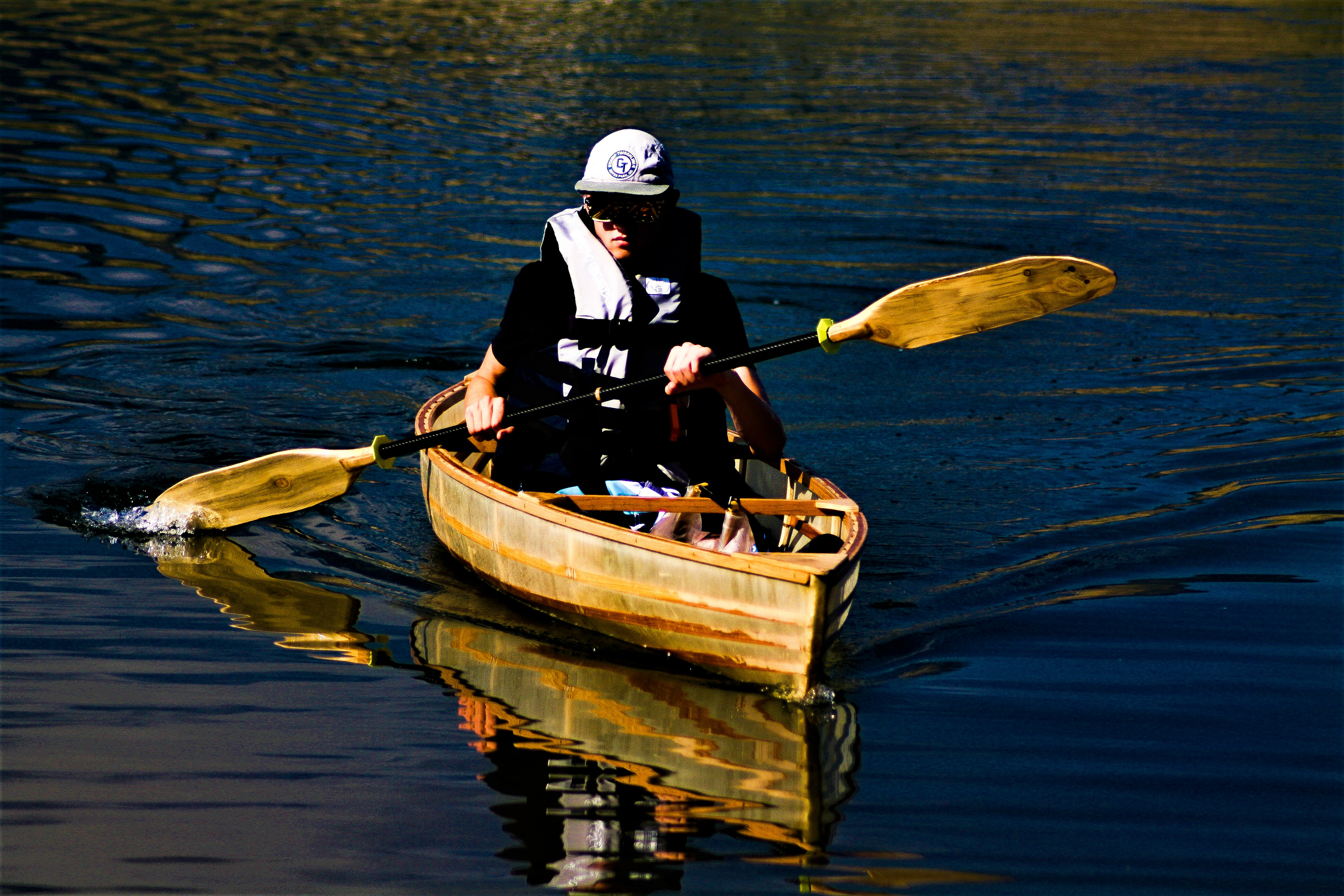
After two months or so I started to settle in. I tried focusing on the quality of my photos I took hundreds of photos of my llamas as they were some of the best subjects to photograph, which I could do in my backyard. My editing toned down as I tried to keep more of a natural look in my photos, but I still tried some crazy edits every once in a while.
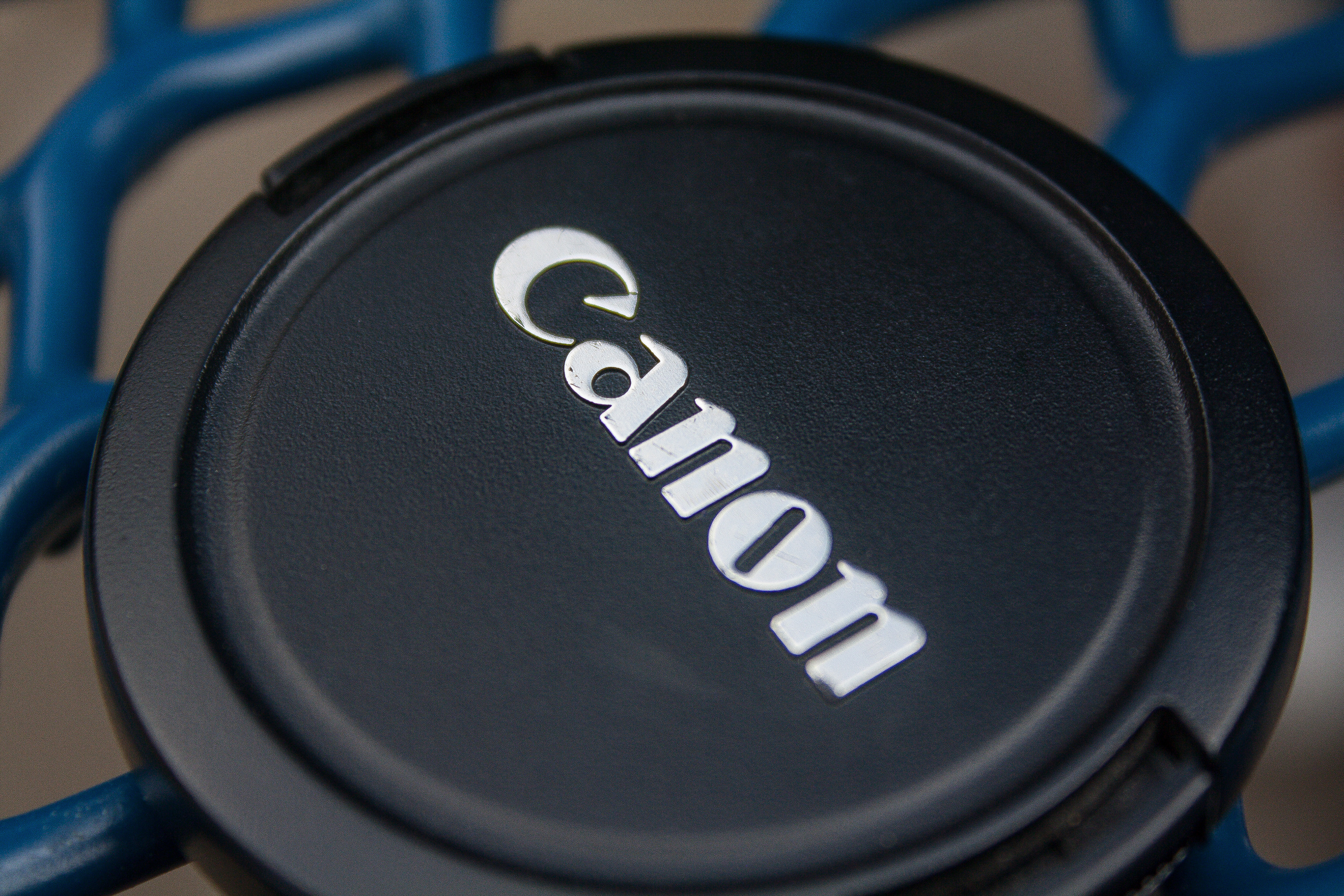
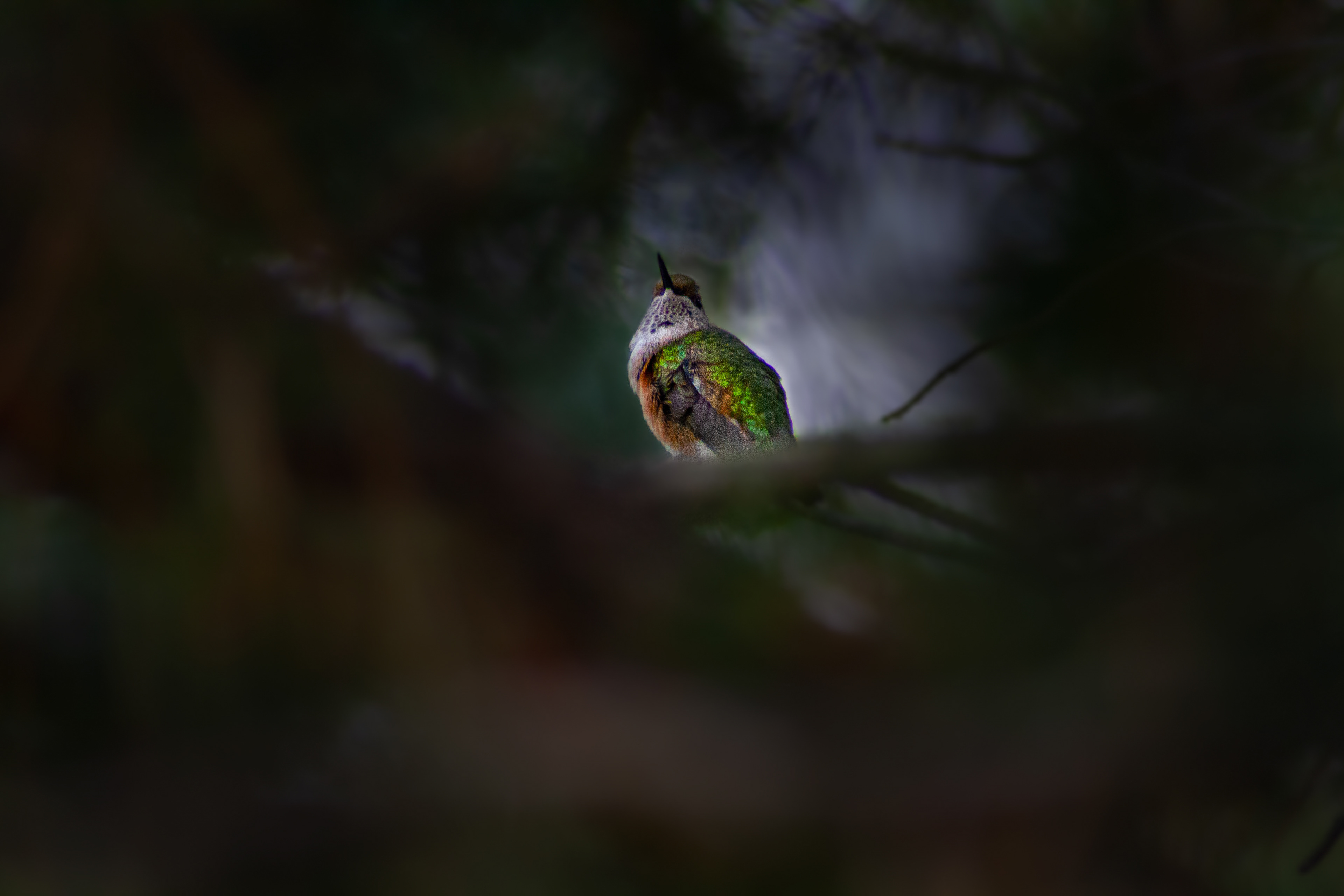
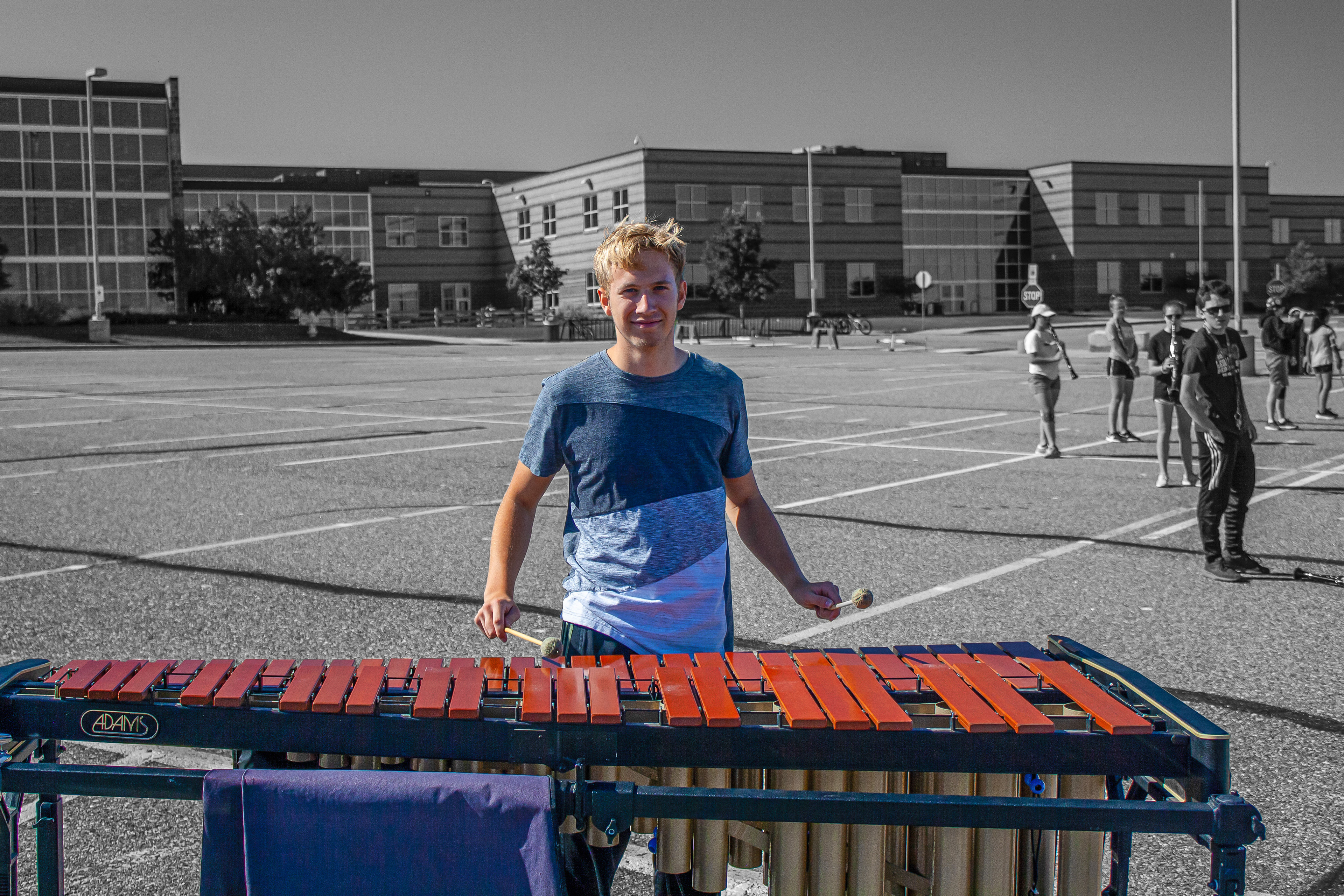


2020: One Stop Up
In January of 2020, I decided that I liked this whole photography thing, so I decided to upgrade to my first "real" camera. After days of searching for a good intermediate camera, I found the Canon T7i, along with a Sigma 17-70mm f / 2.8-4. I initially just got the camera body as it was a massive upgrade to 24MP along with about ten years of tech development from my old camera, but as seen from the first photo in this section, the kit Tamron lens I was using had extremely bad issues with chromatic aberration. I had gotten so fed up with the unwanted greens and purples so I finally gave in and bought my first semi-professional lens. (The quality of that kit Tamron was so terrible, that I only buy Sigma to this day for third-party lenses, even though the Tamron quality is mostly the same as Sigma's).
Moving over to the semi-professional gear was probably the best decision I've ever made with photography, and I did it at the best time during my learning. This was single-handedly one of the biggest leaps in my photo-taking journey. I was getting a lot more photos that I considered keepers and just the overall quality had grown by leaps and bounds. That's not to say I didn't get bad photos, I still did get some terrible ones, but the ones I did get right far outshone the bad ones.
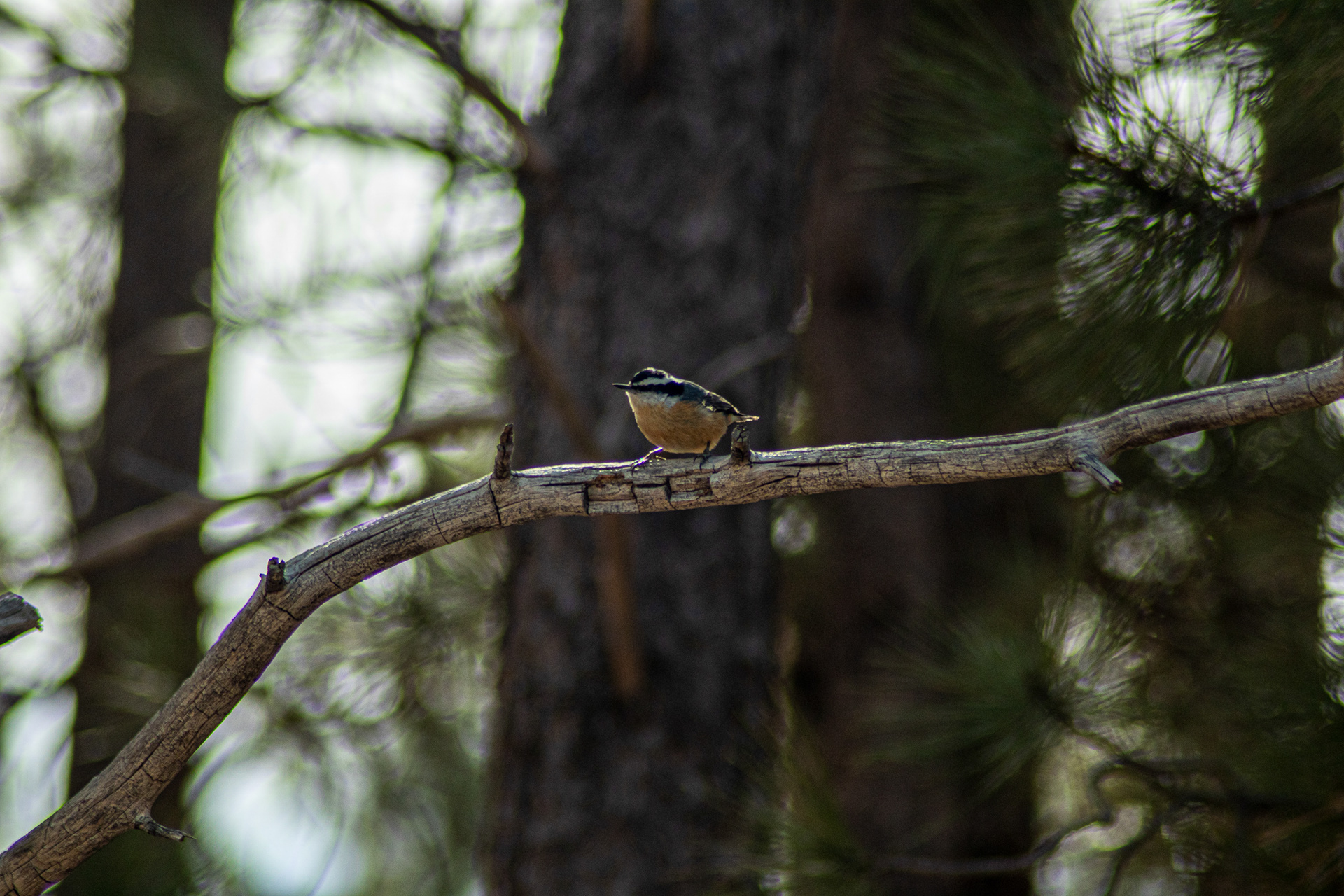

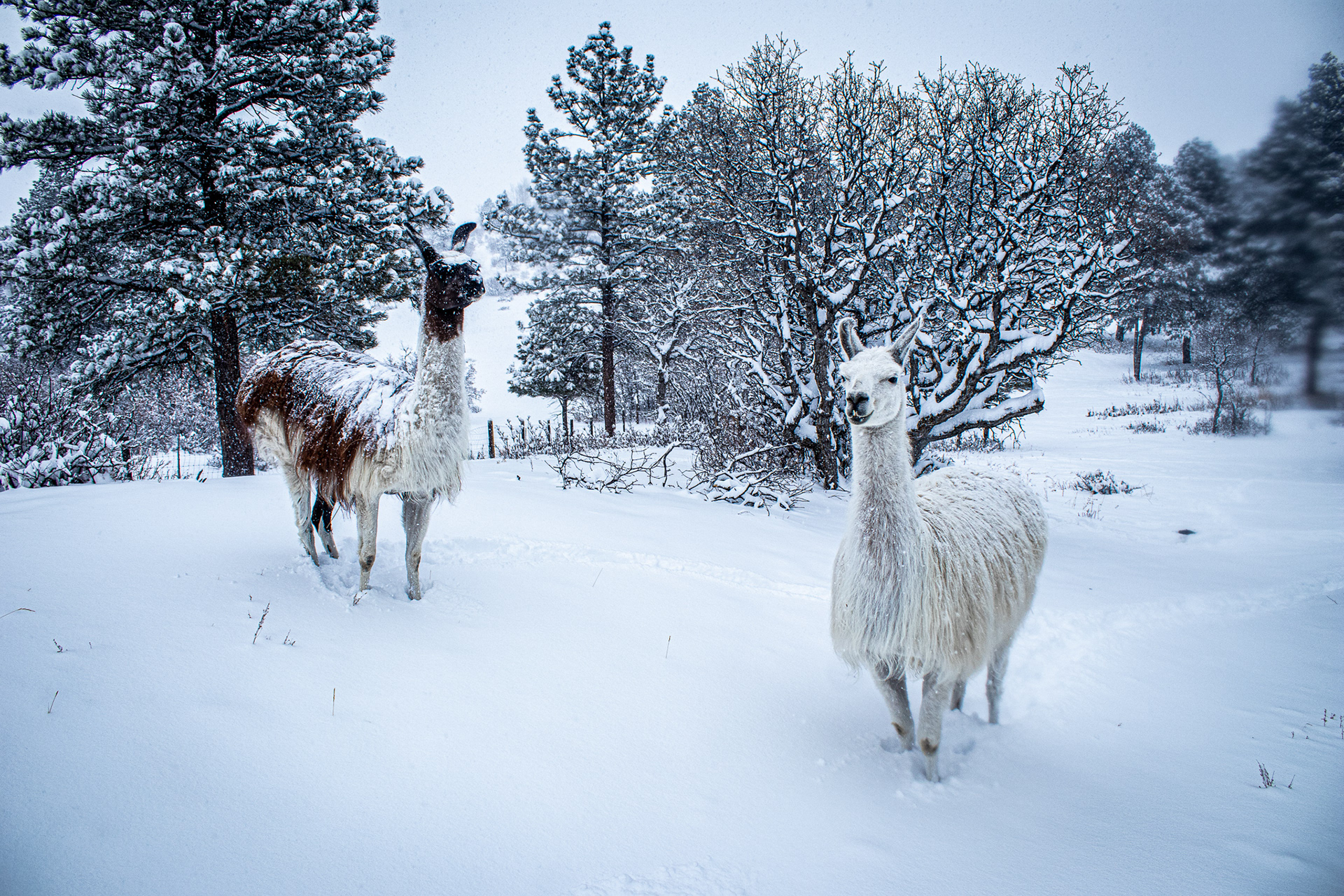

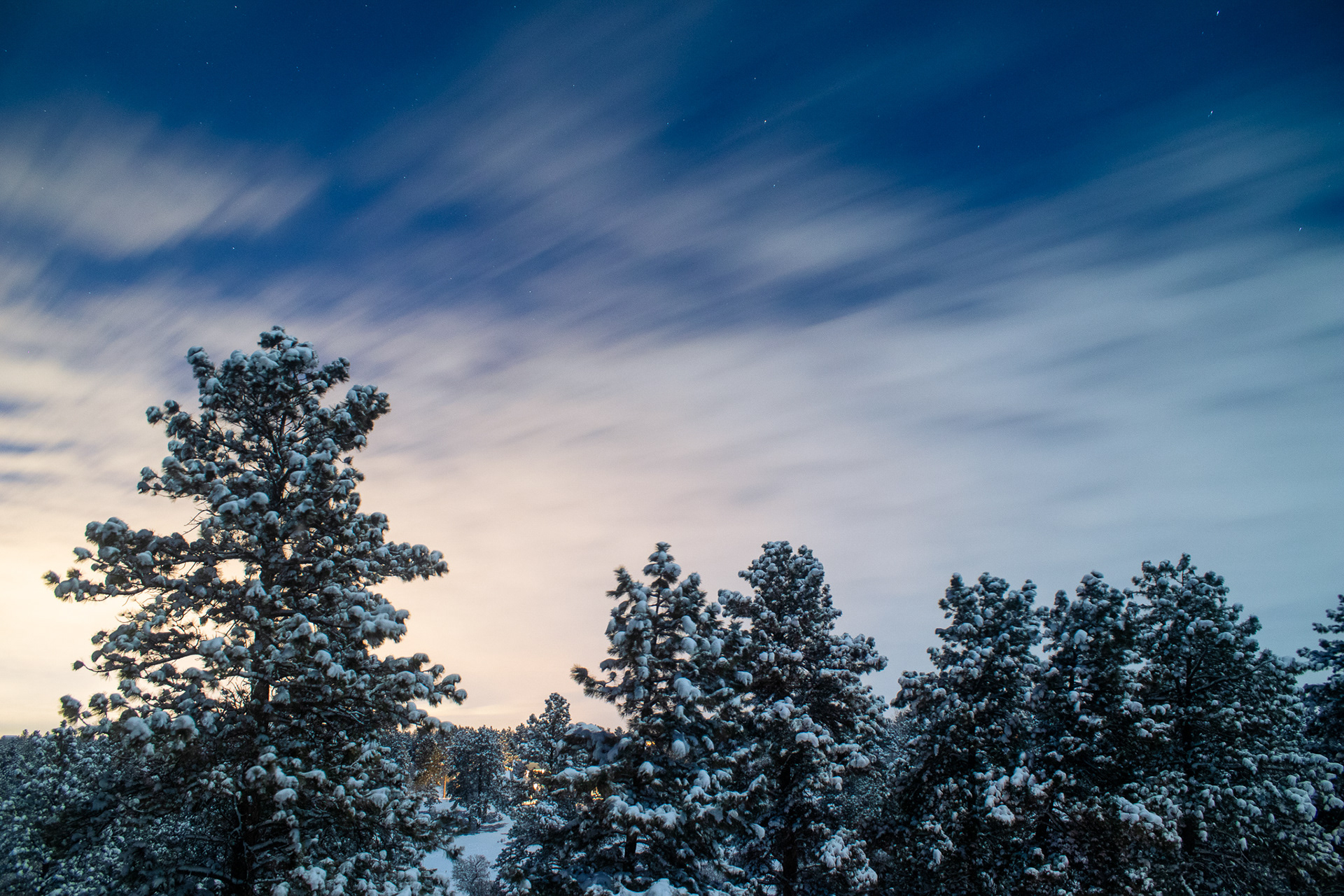

2022: Swap to Mirrorless
My setup stayed basically the same for the next two years. However, in 2022 I made some bigger purchases to boost me into the realm of semi-professionalism. This was all kicked off when I joined my college's communication and marketing department. Being from a smaller school meant they didn't have the largest selection of gear for me to use on a shoot. Because of this I went out and bought an EF Sigma 70-200mm 2.8 along with a Canon EOS RP. The lens was one of the best first purchases to start off my professional career. I bought the RP as I wanted to get my hands on a full-frame camera as that was considered the gold standard for sensor size. The RP wasn't a must-have purchase looking back, but I would go for the lens a thousand times over.
I once heard a saying: date your camera body, marry your lenses. And this is advice I would give to anyone. Camera bodies are mostly the same. Newer autofocus can track the subject better and allow for more accurate focusing, but the lens is the item doing all of the heavy lifting when it comes to taking photos, so it is very worthwhile to invest in quality glass. That 70-200 has been used on 45,000 of my photos meaning a little under half of my photos as of writing this part have been taken using that lens.
With this update, a new era of my photography journey appeared. I now didn't have to worry about getting a clean and sharp shot, the camera was on it every single time. I believe this was the first time I felt happy selling the photos I took. It felt like my goal of becoming a professional photographer was truly possible.
That being said I still was learning and trying to grow my style as a photographer. I had gotten to a point where I was color-grading my photos and messing with the HSL sliders. I had seen hundreds of other photographers edit their photos and decided to try and mimic their styles. the most prominent being warm photos with rich shadows and the green turned basically to yellow. This style wasn't my favorite but became a go-to as it was what every other photographer did.
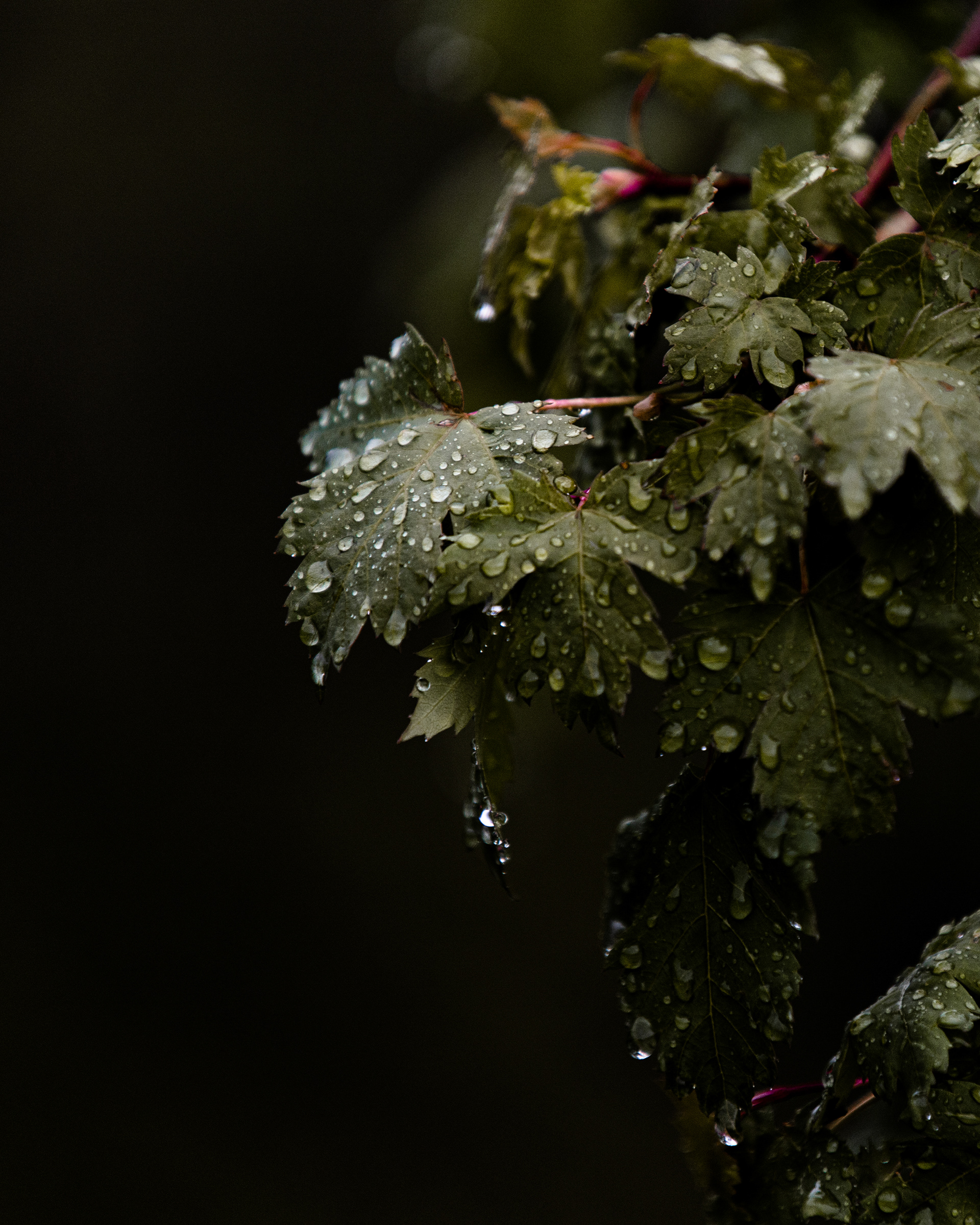

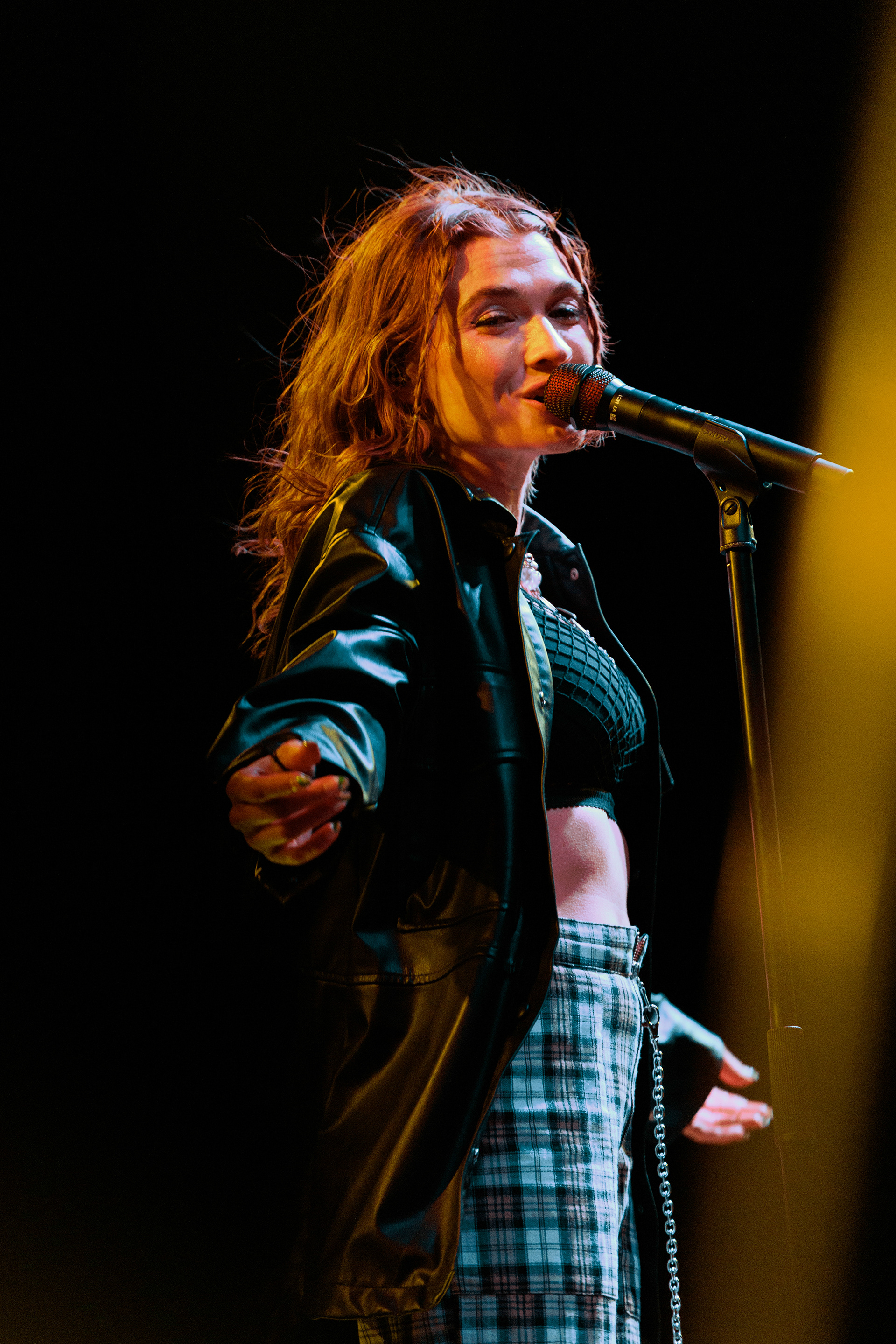
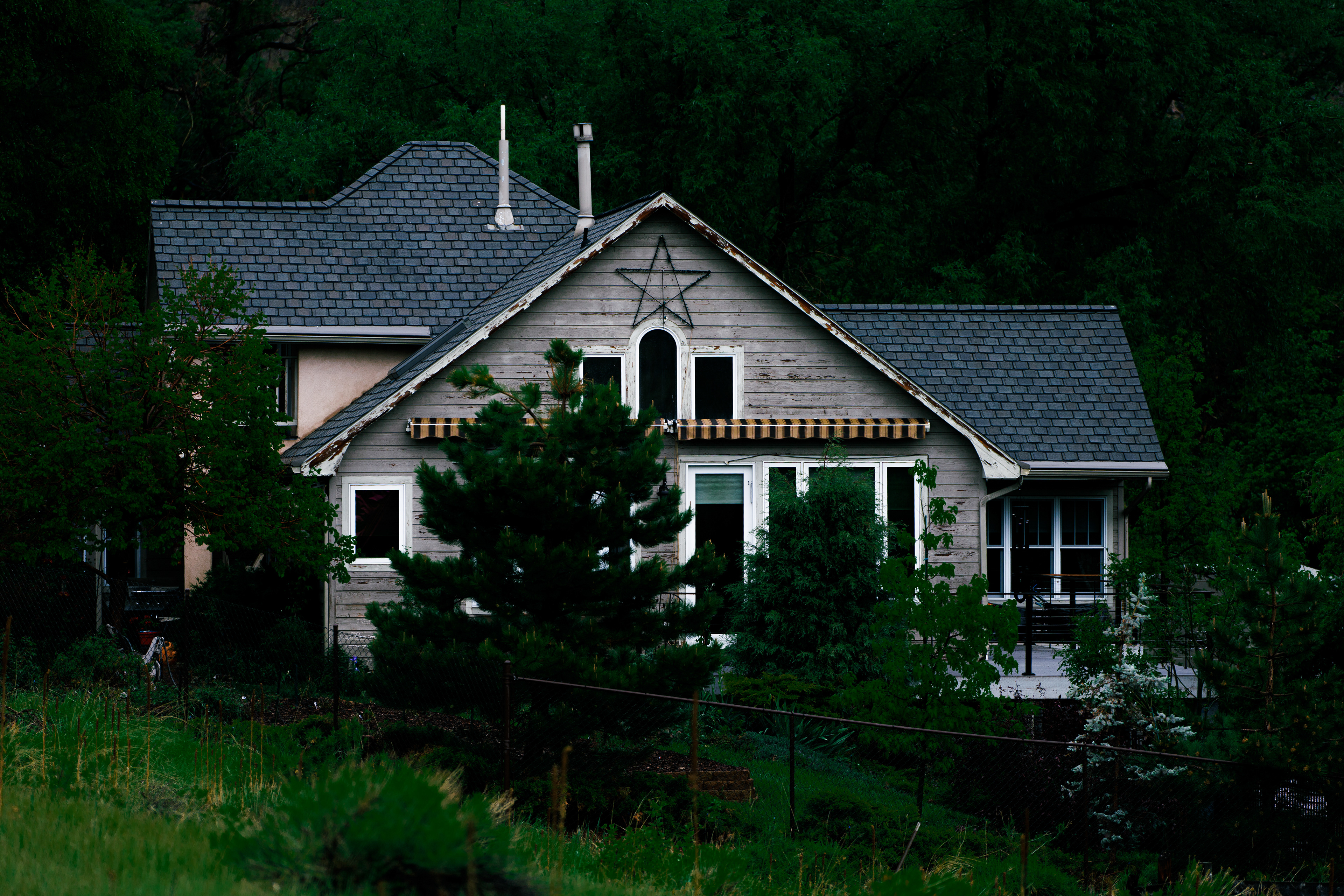
Moving into the fall I started to pick up more sports requests from my photography job and as such I traded in the RP for a Canon EOS R7. If I had just waited instead of buying into the initial full-frame hype I would have had a better camera from the start. I do think if you have the money, go for a full frame, but you don't have to in order to get fantastic photos anymore. In the 21st century, we are at a point where even the small 1.6x crop or m4/3 gets incredible performance when shooting in low light situations and is only somewhat worse than the full frame equivalent.
I also got a used Canon EOS R6 at a super steep discount during the fall and those two cameras became the perfect combo for me. With all of this setup over the last year, I now was able to complete my paid gigs a lot more comfortably.
Finally, the last thing that started to solidify was my own unique style of editing. When possible I would keep all of the colors natural, just adding some contrast and really making those colors pop out from the screen. This is really prominent in the house and football helmet photos. I had spent too much time trying to copy the neutral beige color that I now hated it, I was trying to get as far away from it as possible. I also had a few concerts under my belt now and began to enjoy the challenge of shooting concerts in the low light.
One thing that I did adopt in editing style was keeping the vignetting from my cameras as I thought it looked cool. This can be seen in the football photos I took as a lot of those photos kept the vignetting, or received additional vignette as seen in the last two photos. The darkening of the corners doesn't make these terrible photos, but it's not how I would edit something present-day.
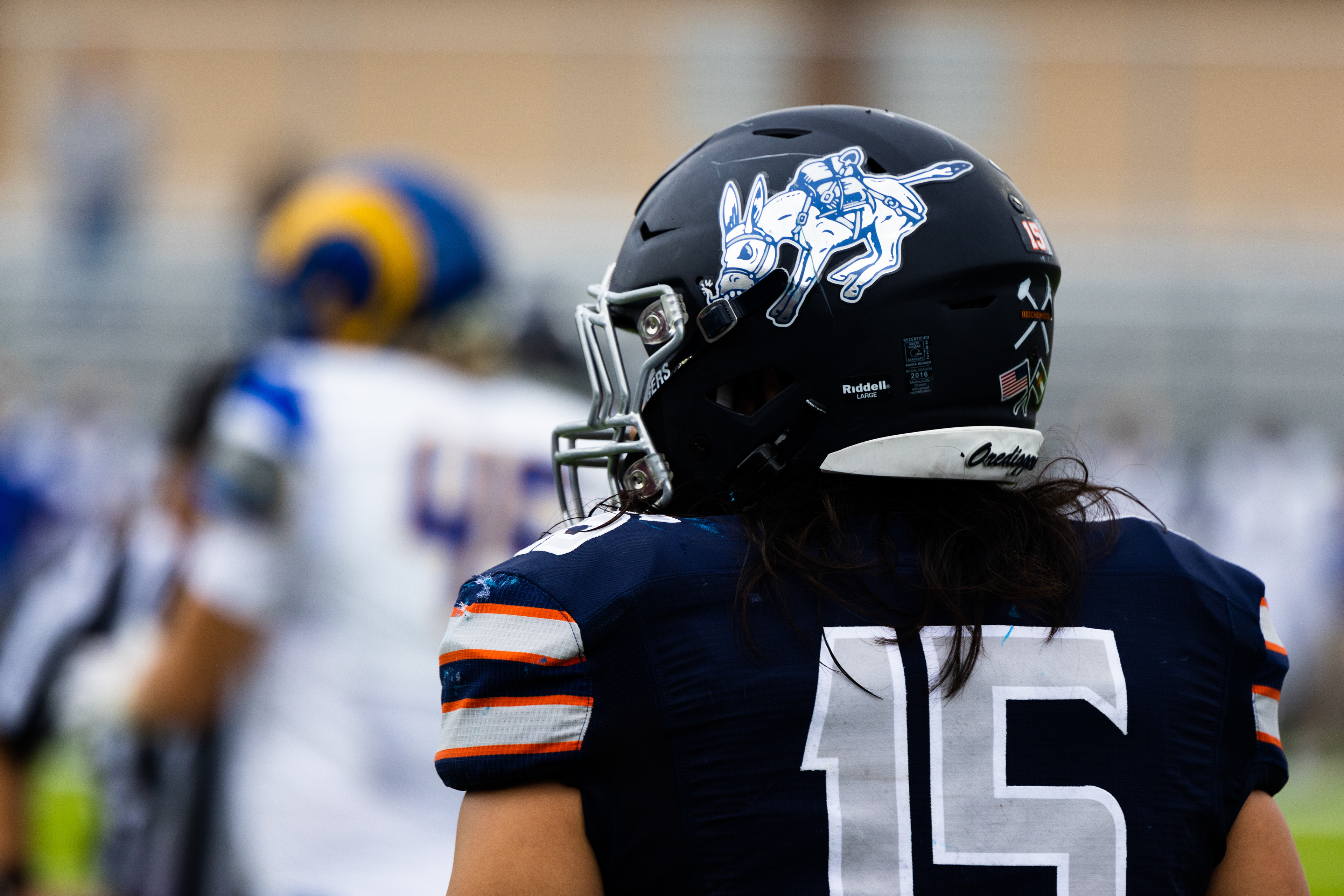
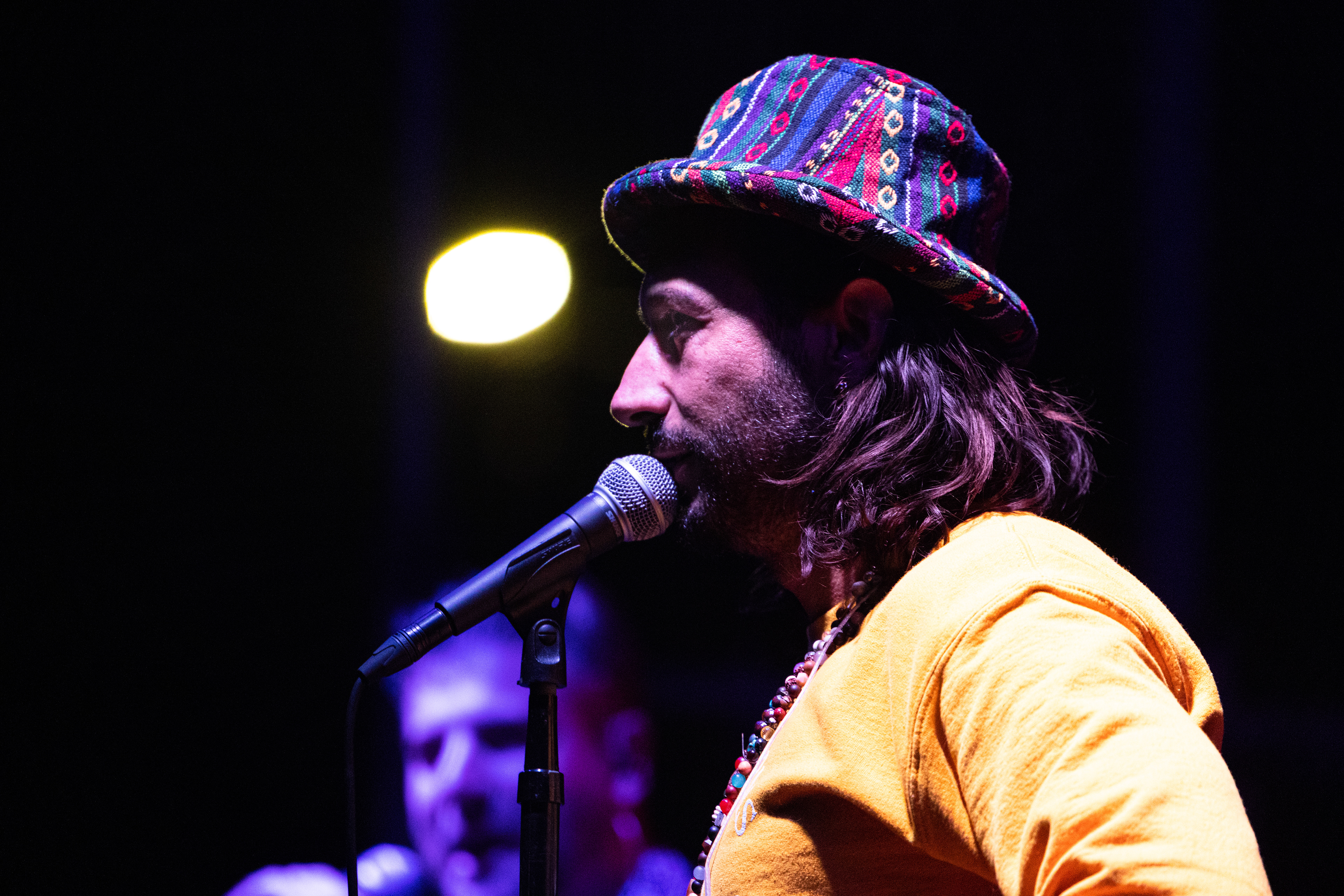
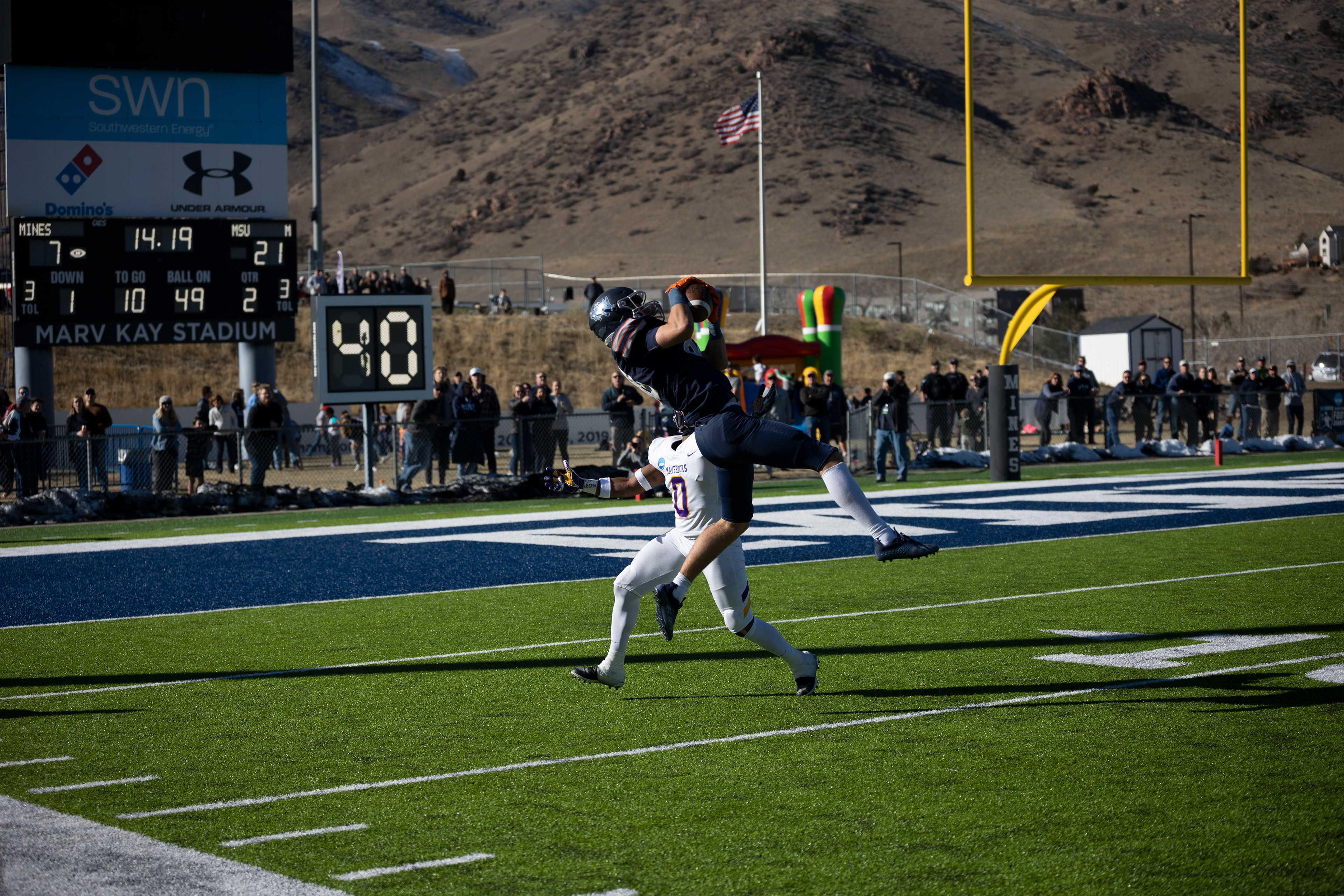
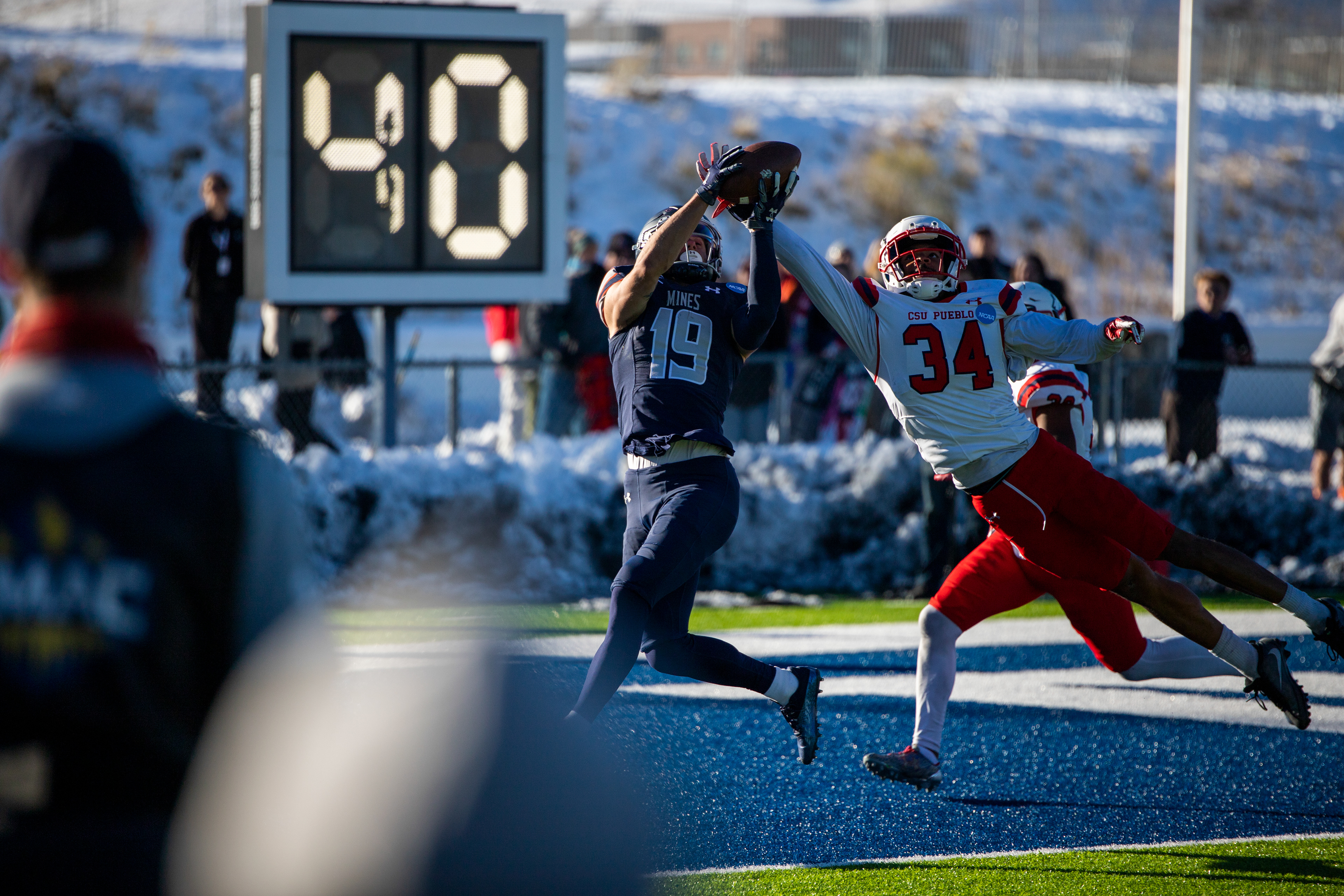
2023: Pro Setup
Starting off the year, I had a trip down to Costa Rica where I brought my R6 and a few lenses to have fun with, these lenses were the Sigma 28mm f1.4 and the 70-200mm. These were some of the best choices and resulted in some of my all-time favorite photos.
This also started my fascination with street photography and photojournalism, as I found I loved trying to write a story in just one photo. This fascination was also helped because of my marketing job, where most of the photos I was asked to take fell into that style of photo. I still find it a bit weird to take photos of random people in public, but once I get into it a bit I am able to settle in and really have fun creatively.
Please note, if you do want to start street photography, be respectful and don't be a creep. It's always better to ask for permission and not for forgiveness. I feel platforms like TikTok have ruined street photography for others as some people on them make stupid decisions.
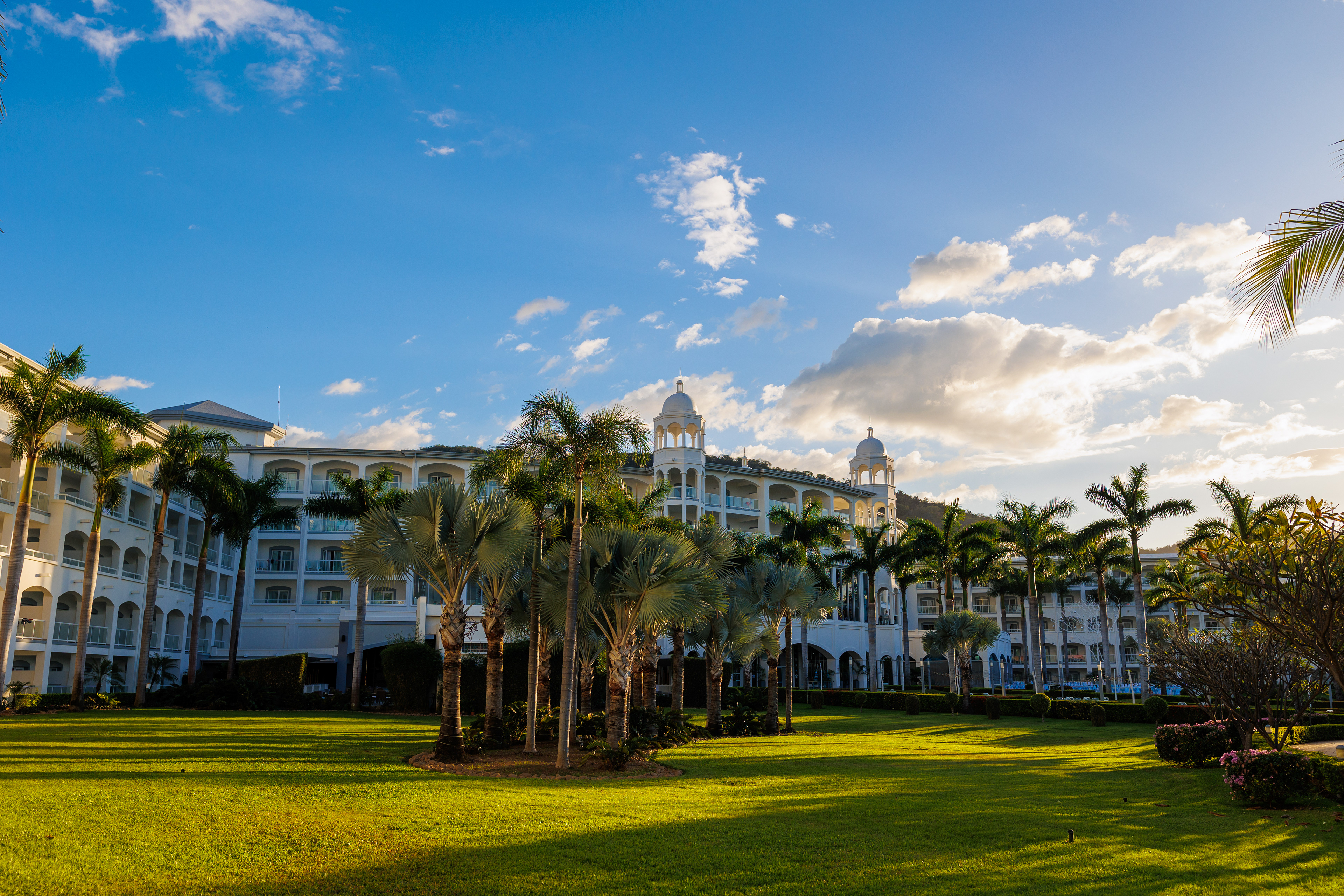


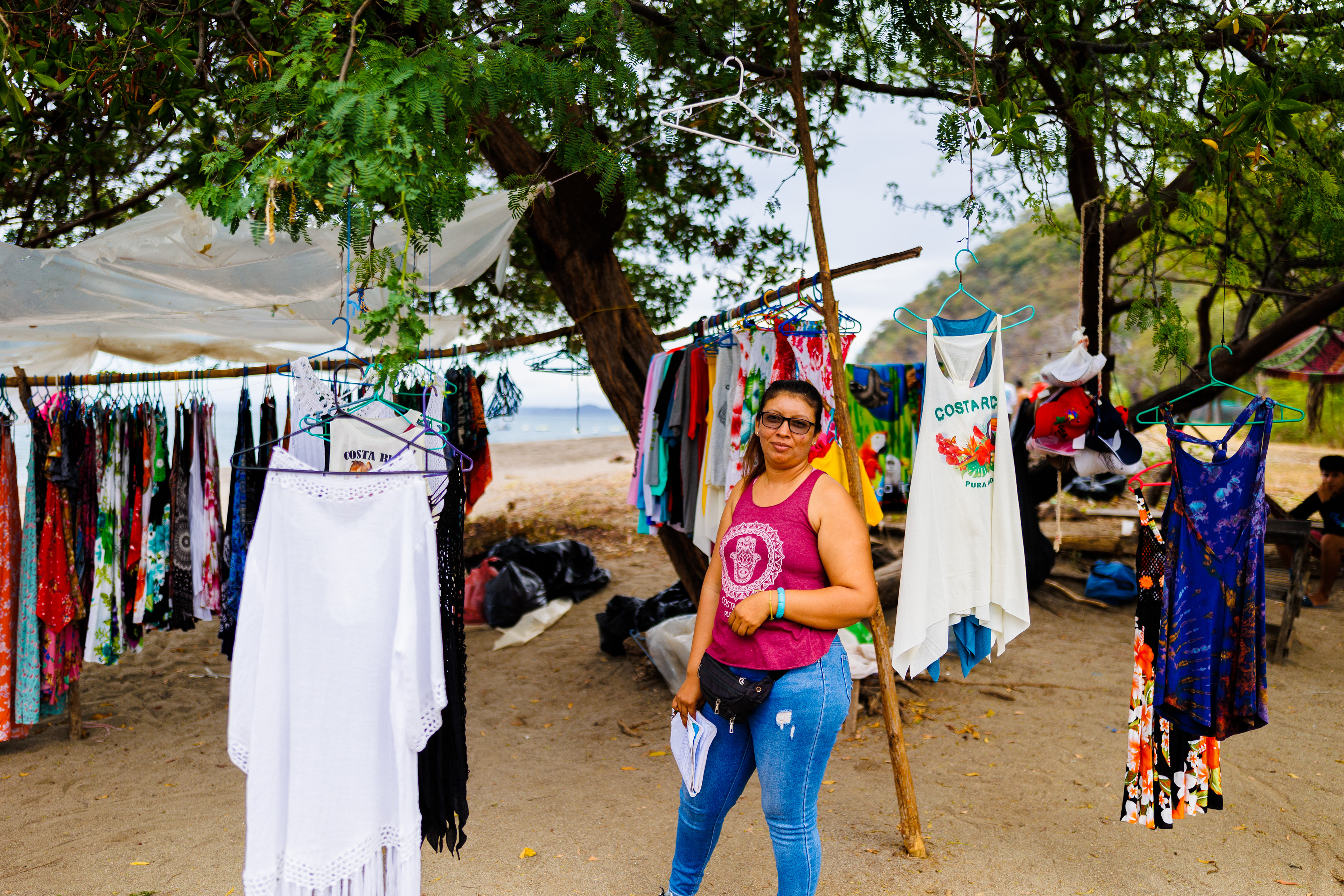
After a year and a half with the R7 I felt like I had reached that camera's limit. This in no way means it was a bad camera, it was one of my favorites to shoot with, having taken around 20,000 photos with it. I decided to sell the R7 for a used Canon EOS R5 as the 45MP was something I wanted and the only thing my R6 didn't have. This also kept the dual camera setup that I had really come to prefer. I always had one camera with the 70-200 and another with a wider zoom.
I like to think this editing style returned somewhat to my style from 2020, but not quite as extreme. You get the punchy color with the green turned down just a little bit, but not completely gone.
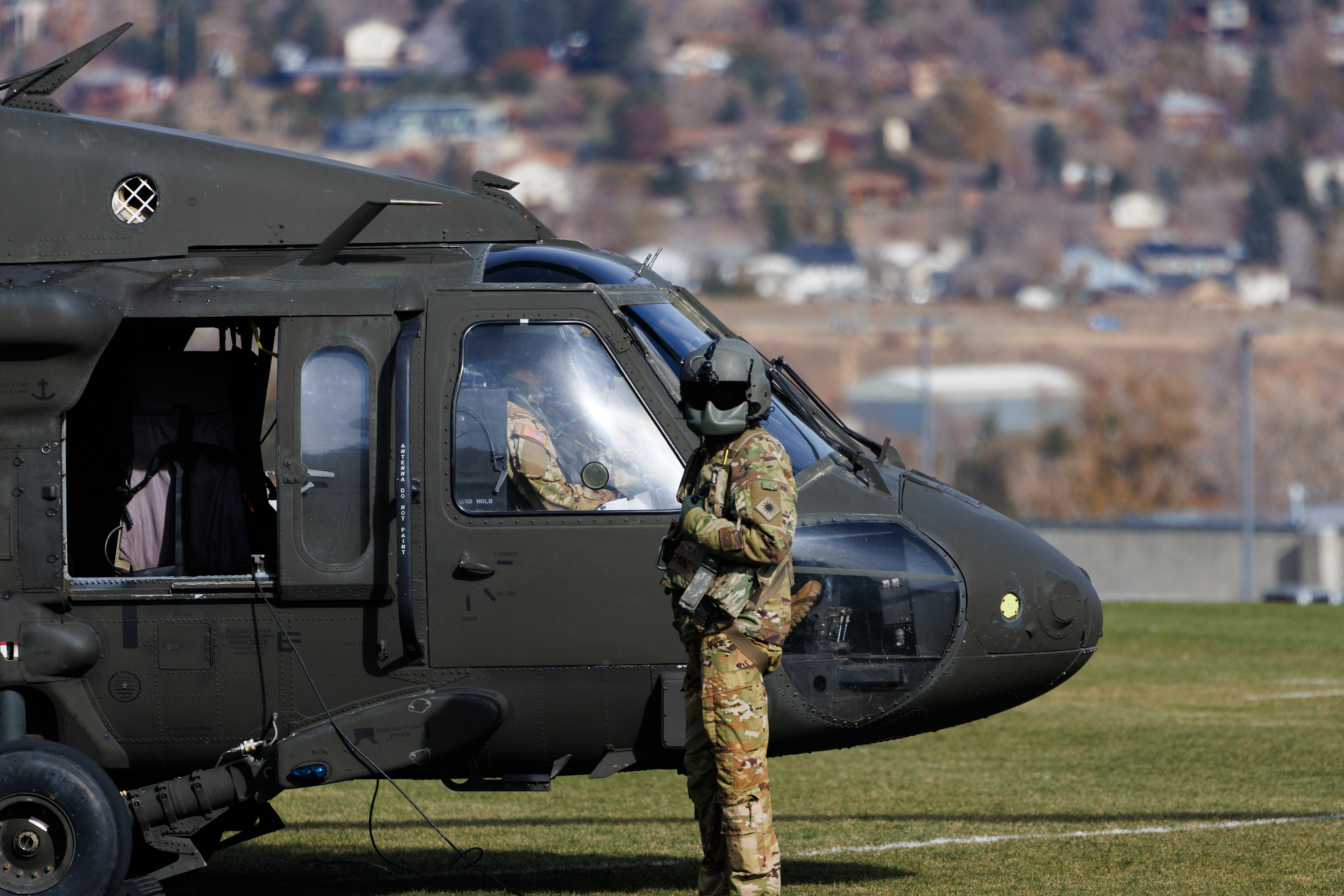
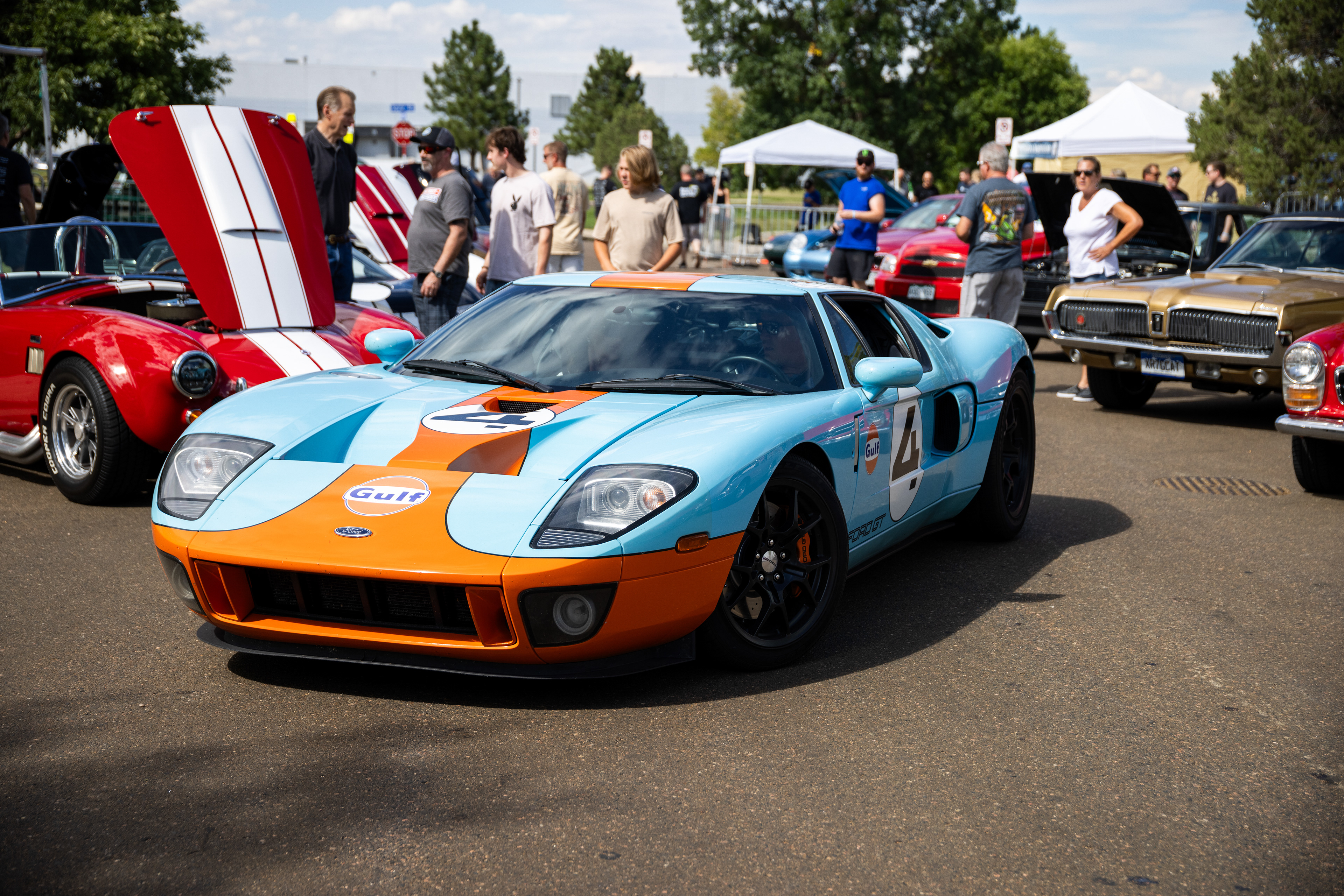
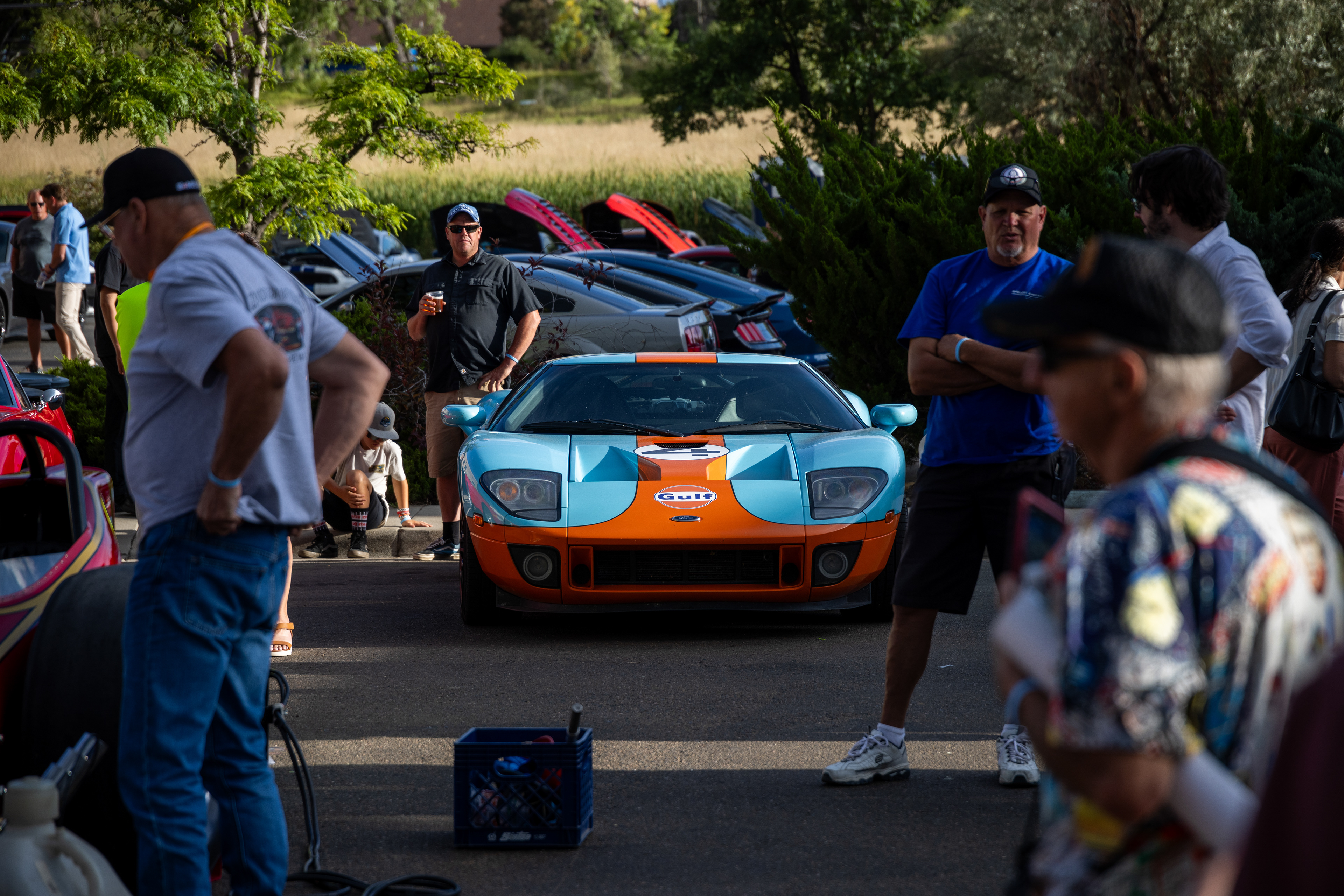
The R5 quickly became my favorite camera as it could do anything. It no longer mattered if I was too far away from my subject, I could just crop in, not a worry in the world when it came to framing.
Looking back, while the R5 was a fantastic camera, it made me sloppy, my techniques for framing stopped mattering as I could just edit and crop in post. This may not be a bad thing for everyone, but it took the challenge out of framing the perfect shot. The challenge of getting the perfect shot was not really there. Don't get me wrong I love the R5 and think it is incredible, but there is no real reason for 45MP unless you are blowing something up, and even then, lightroom super-resolution is absolutely the best for doing that.
I also was able to practice more street photography during the later months as my time at the marketing department had ended. That meant I was no longer getting those nice campus photos which were pseudo street photography. I also missed taking those action photos from the sports events.
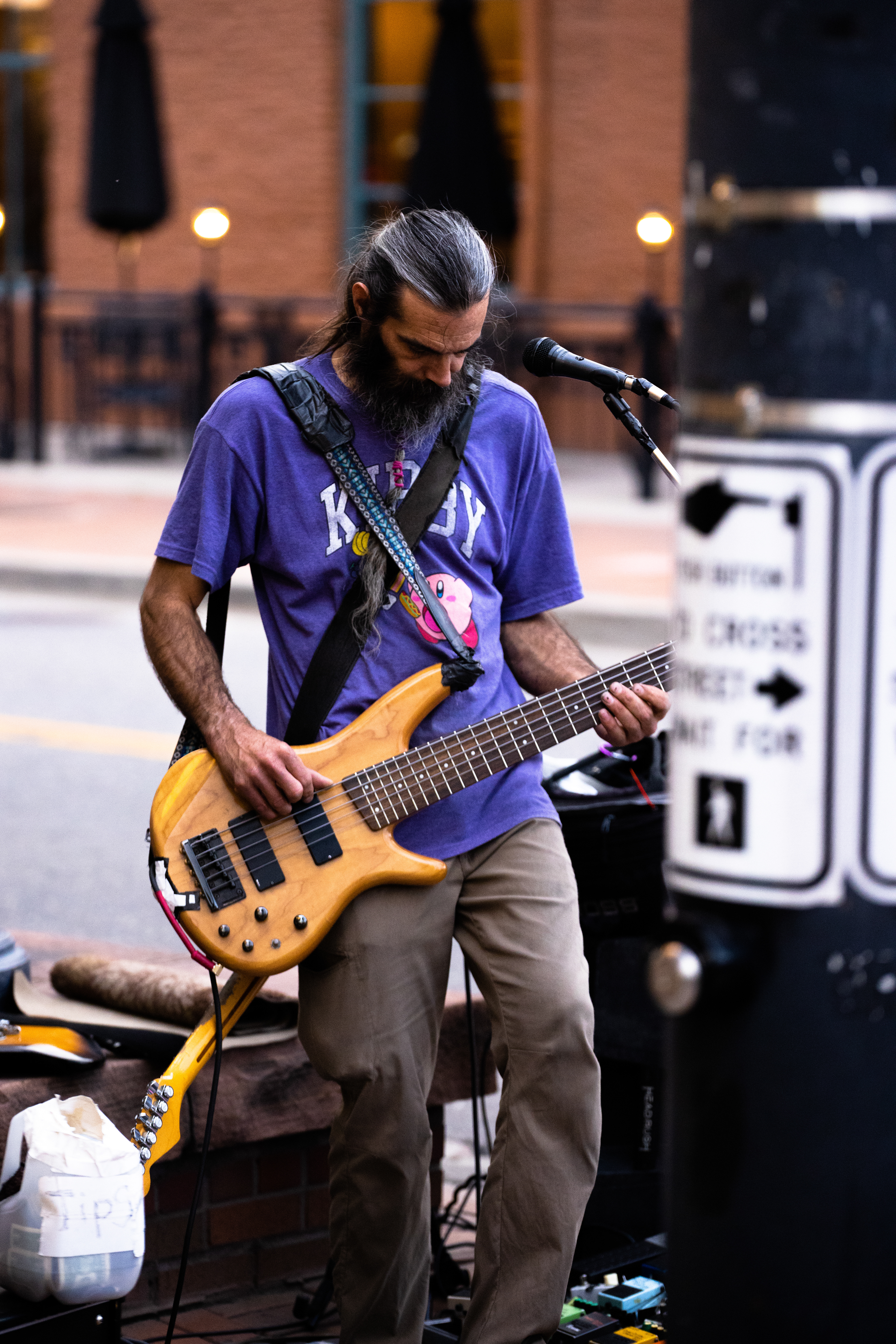
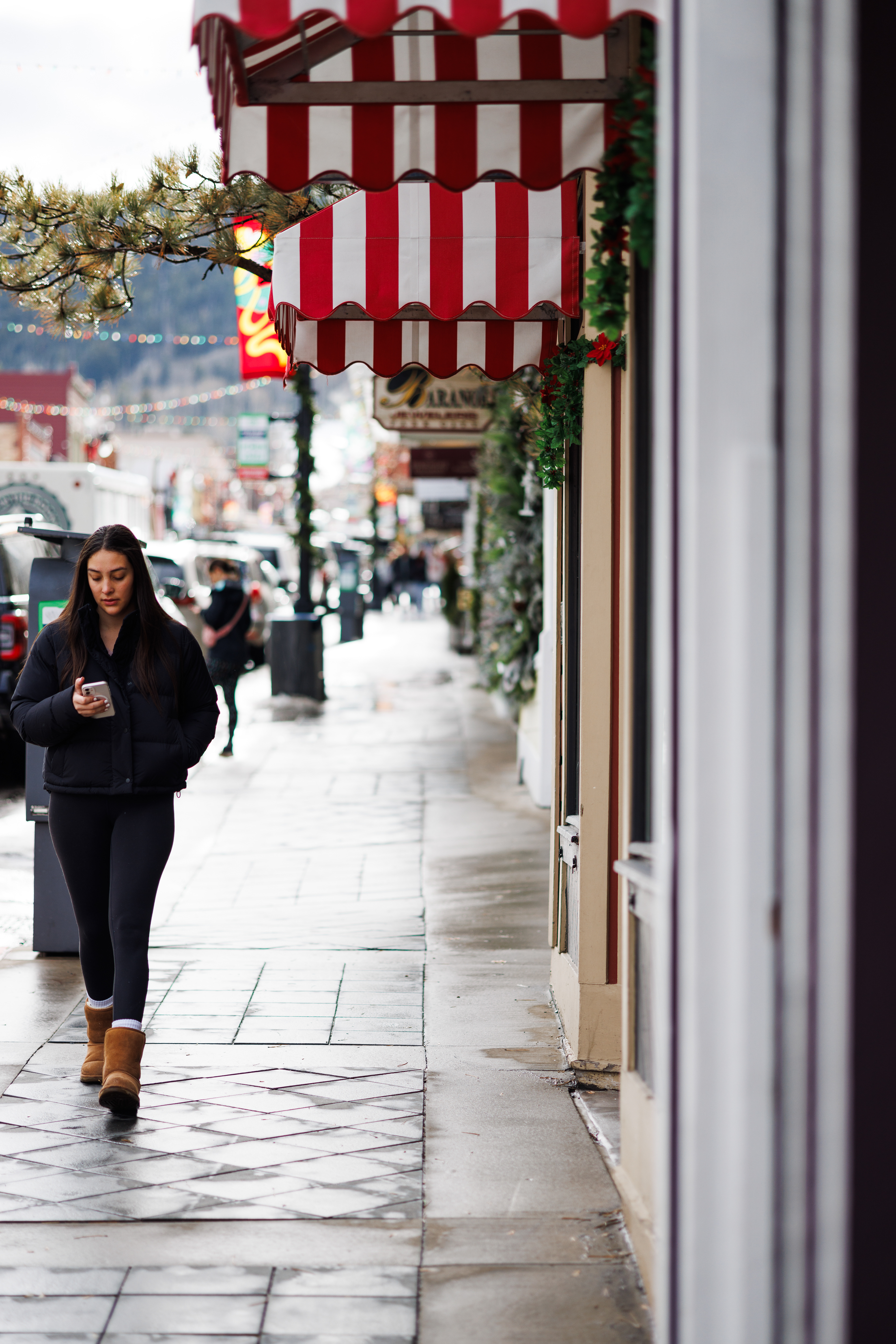
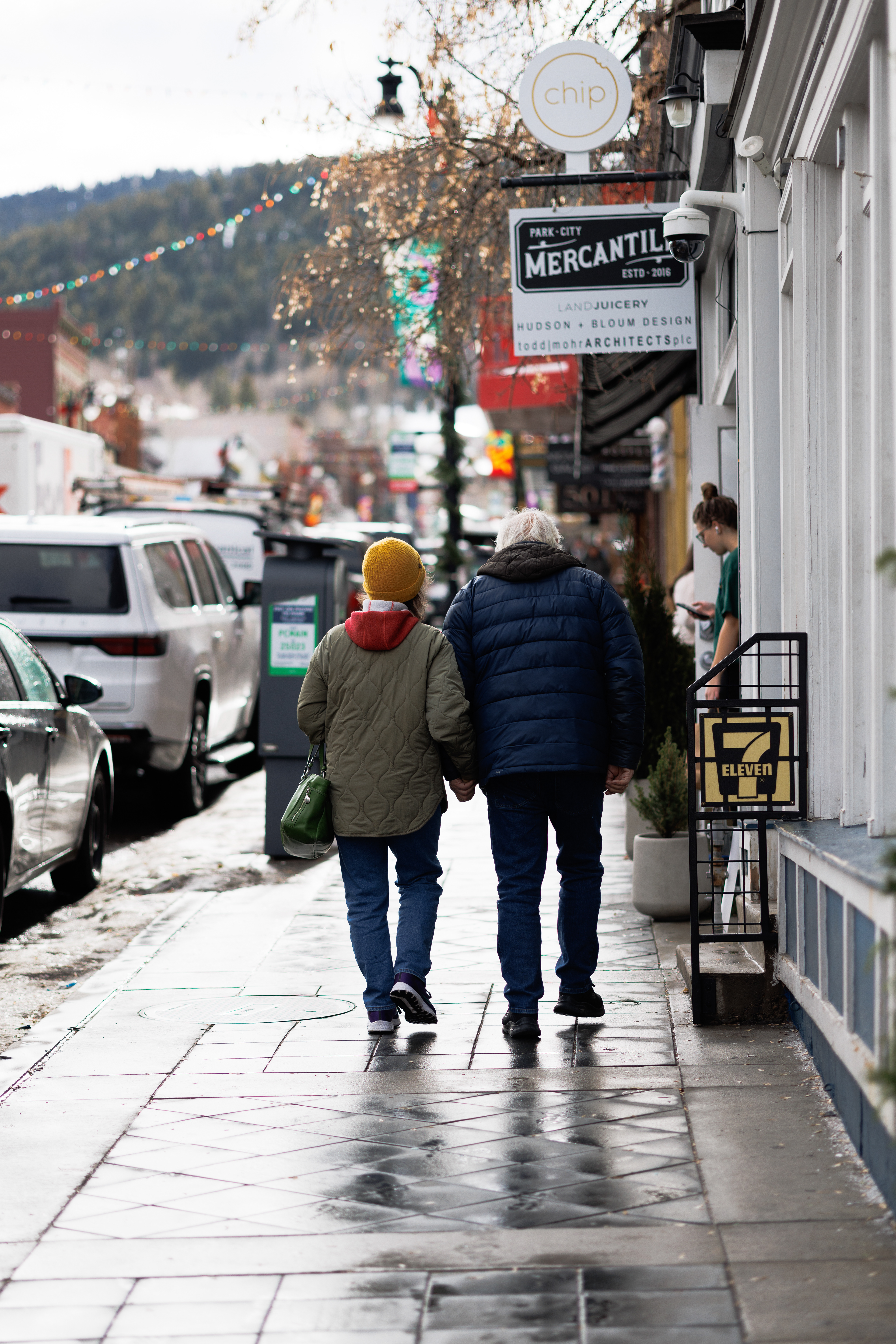


2024: Refining My Style
Starting off the year I decided I finally was going to upgrade my R6. While a fantastic camera, it didn't have any features that made it more useful than the R5. I was no longer reaching for the R6 so I decided to finally upgrade to something that would help with the faster action photos I wanted to shoot, the R6 Mark ii. This camera included a new and improved sensor with slightly more megapixels at 24MP rather than the 20MP of the original R6. The autofocus was now also greatly improved along with a new pre-burst capability. These might seem like small improvements, but that has now become my go-to camera.
I find that the larger megapixel size just makes the files unwieldy and isn't really needed. Of course, the 45MP is nice when you want to blow up a print to extreme proportions, but it sucks in low light and has a tough time with noise compared to the 24MP sensor. In addition, resolution-enhancing software has gotten so good it means that I can upscale an image in post and you cannot tell the difference. I may be repeating myself with that, but it is something that is absolutely true.
The other change I made was buying an RF 28-70mm f2 lens. This was now the second lens I had bought new and could easily justify getting that lens over the RF 24-70 f2.8. I had loved my 70-200 so much but sometimes felt it didn't go wide enough. I also wanted to start making money from freelance gigs so I would shoot concerts and portraits with that lens. The image quality was astoundingly sharp, the quality of my images got a lot better, and I had less issues shooting indoors for events now. These concert photos are some of my favorite photos taken to date.
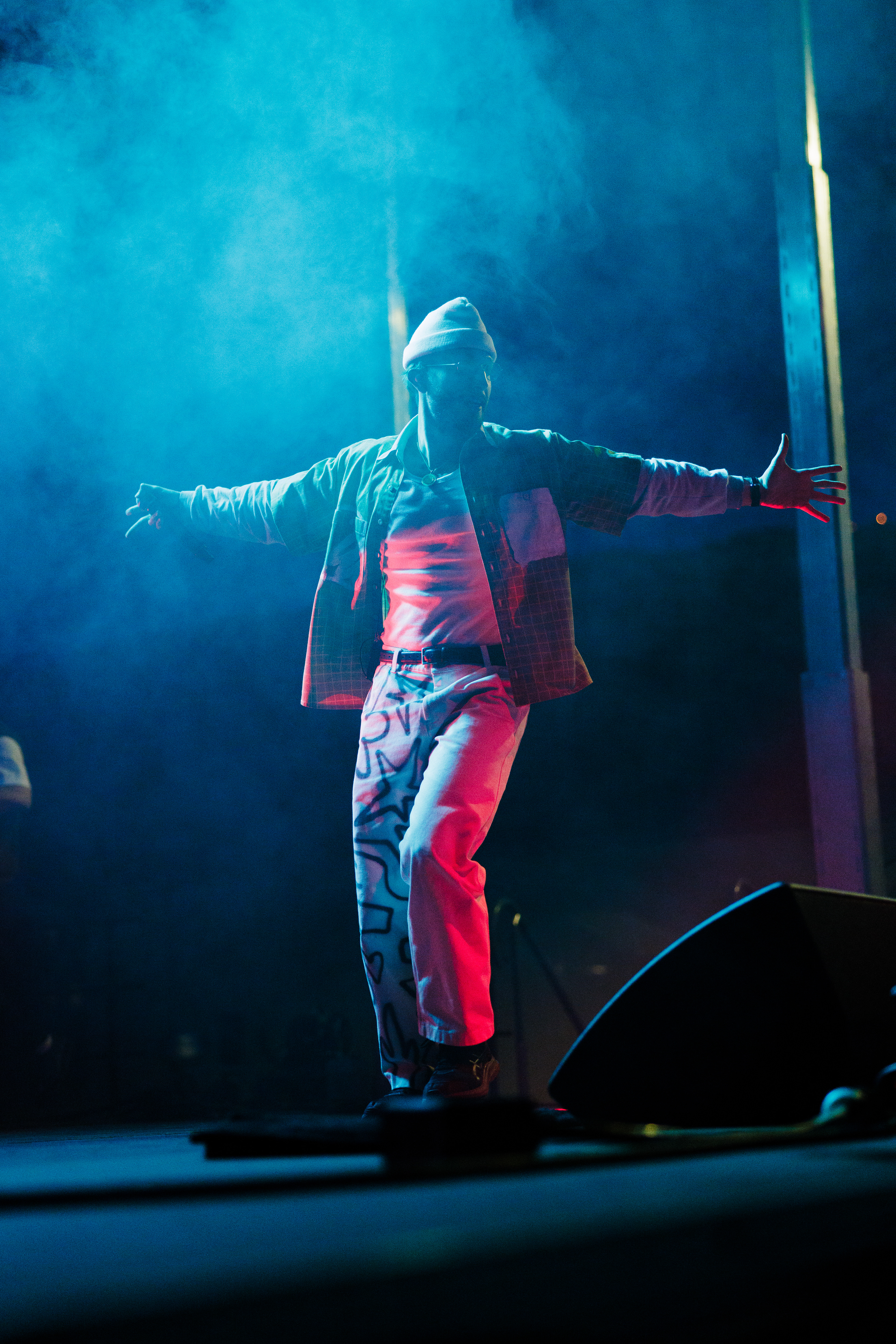


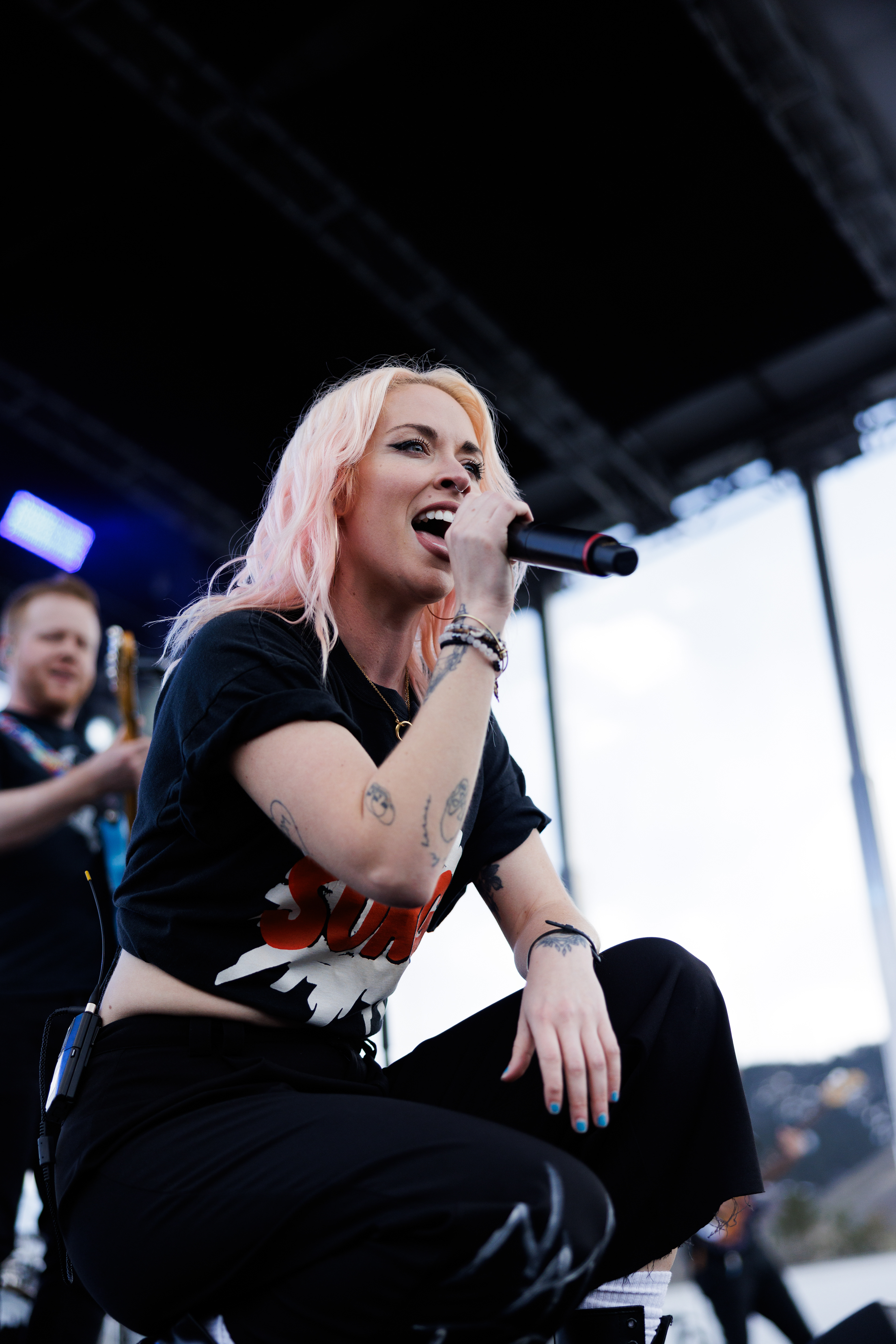

2025: Level Up
This year brought about a really big change for me. I was somehow able to get a press pass for all DU athletics games during the academic year. while most of this took place in 2025, a portion did take place in 2024; however, I didn't feel like it fit with that year so I have clumped it all into one.
This has been my goal for a while now; to put together a serious portfolio and try to start working on the side for someone. The latter part of the goal is something I'm still trying to work on, but it's become more clear to me that the state of media currently will make it extremely difficult to connect with a media group. The reason this mattered to me so much is the fact that for pretty much any concert or sports venue requires photographers to have some sort of media backing of some sort. This does make sense because you wouldn't want any random freelance photographer to show up, but in terms of an amateur trying to go semi-pro this added a lot more steps to achieving my next goal.
The press pass was the stroke of luck I needed and it came at a perfect time. I was able to shoot all types of sports from volleyball to soccer and even hockey. With this higher stakes shooting I also upgraded my gear. While not a necessary step, this allowed me to worry less about if I was getting a good shot timed with the action, and more about the artistry and other aspects. On both the R5 and R6mk2 the sensor readout speed was 14 - 16 milliseconds. That sounds like a really fast speed, but it was still slow enough that balls would be oblong or hockey sticks and other lines would appear bent if I was panning and shooting in anything other than mechanical shutter. The other reason I decided to upgrade was the fact that I was working at a camera store at that time. The store ran a program which allowed me to get my gear at a discounted employee price so I traded in my r5 and r6mk2 and bought a Canon R3, R5mk2, and RF 70-200 USM Z.
The first thing that amazed me was how much better the new RF 70-200 was compared to my sigma lens. The focusing was faster, sharper, and better by miles. The other per was that it weighed so much less than that old sigma, it didn't feel like it was built like a tank anymore. Both the R3 and R5mk2 used a stacked sensor meaning their readout times were roughly 3 times faster than the old cameras, all while being able to shoot at 30 frames a second. With these upgrades I felt more confident photographing and that I got more usable photos per session.
This was such an eye opener for me, showing exactly what shooting sports was like. being able to consistently shoot at each game meant I learned all of the quirks that came with shooting in any arena. Outside on the fields I learned where I liked to be relative to the sun. The fall had the sun in a spot I liked most, while February's sun gave off a harsh contrasty note which dulled all sense of color. The gyms and hockey arena both had different lighting to deal with too. This meant in order to get the best photos I had to adapt my editing style to match each environment. I like to try and get my photos to match a clean neutral white contrasty style, so this was a good challenge to get me out of that zone.
The press pass was the stroke of luck I needed and it came at a perfect time. I was able to shoot all types of sports from volleyball to soccer and even hockey. With this higher stakes shooting I also upgraded my gear. While not a necessary step, this allowed me to worry less about if I was getting a good shot timed with the action, and more about the artistry and other aspects. On both the R5 and R6mk2 the sensor readout speed was 14 - 16 milliseconds. That sounds like a really fast speed, but it was still slow enough that balls would be oblong or hockey sticks and other lines would appear bent if I was panning and shooting in anything other than mechanical shutter. The other reason I decided to upgrade was the fact that I was working at a camera store at that time. The store ran a program which allowed me to get my gear at a discounted employee price so I traded in my r5 and r6mk2 and bought a Canon R3, R5mk2, and RF 70-200 USM Z.
The first thing that amazed me was how much better the new RF 70-200 was compared to my sigma lens. The focusing was faster, sharper, and better by miles. The other per was that it weighed so much less than that old sigma, it didn't feel like it was built like a tank anymore. Both the R3 and R5mk2 used a stacked sensor meaning their readout times were roughly 3 times faster than the old cameras, all while being able to shoot at 30 frames a second. With these upgrades I felt more confident photographing and that I got more usable photos per session.
This was such an eye opener for me, showing exactly what shooting sports was like. being able to consistently shoot at each game meant I learned all of the quirks that came with shooting in any arena. Outside on the fields I learned where I liked to be relative to the sun. The fall had the sun in a spot I liked most, while February's sun gave off a harsh contrasty note which dulled all sense of color. The gyms and hockey arena both had different lighting to deal with too. This meant in order to get the best photos I had to adapt my editing style to match each environment. I like to try and get my photos to match a clean neutral white contrasty style, so this was a good challenge to get me out of that zone.
Hockey was by far the most difficult sport to get used to. The tiny hole constricted movement meaning you had to be ready to go as players and pucks flew by you. It was a constant battle to get images framed correctly and taken as the action flew by. After a season, I still feel like I scramble to get the image too much, I need to trust my instincts more for shooting. The coolest part of shooting DU's season was a chance to go down on the ice and shoot the line up roll call.
I was super fortunate to meet a NHL photographer and was able to photograph the Colorado Eagles during their last two regular season games. This was such a remarkable experience to have, closing out with a shootout photo of Landeskog on his second game back from surgery!
Between my gear and the timing I had so much luck getting all of these opportunities this year, but I am forever grateful that I upgraded my gear when I did. It was able to stay out of the way and let me focus on what I needed to do. I didn't have to worry about auto focus or if the camera was going to be able to capture the shot or not.
Between my gear and the timing I had so much luck getting all of these opportunities this year, but I am forever grateful that I upgraded my gear when I did. It was able to stay out of the way and let me focus on what I needed to do. I didn't have to worry about auto focus or if the camera was going to be able to capture the shot or not.
I will say gear isn't the be all end all, it is a tool which allows us to create and capture. Don't let this discourage you if you don't have the best gear, often times it is overkill and the same photos can be captured on much less expensive gear. After all, your journey will be very different compared to mine. In terms of getting an opportunity like mine to shoot college sports, just ask. Most colleges are more than happy to give freelancers credentials.
